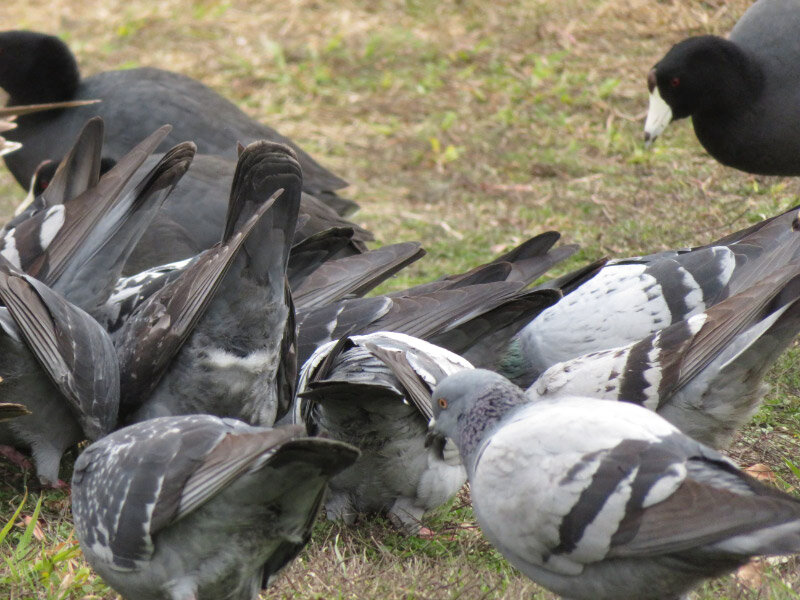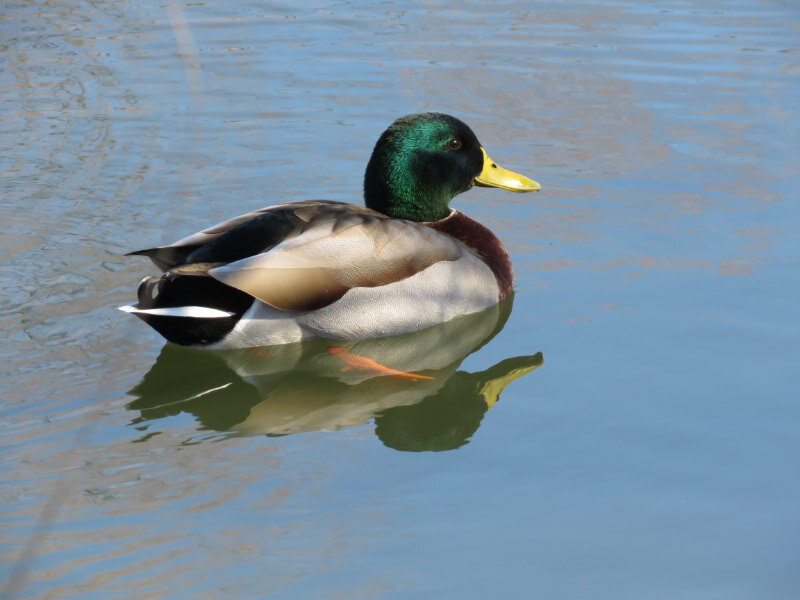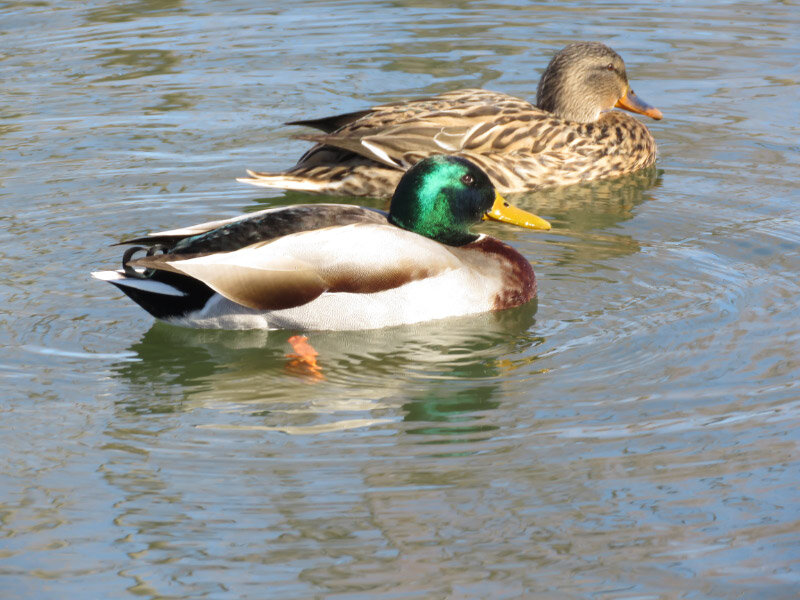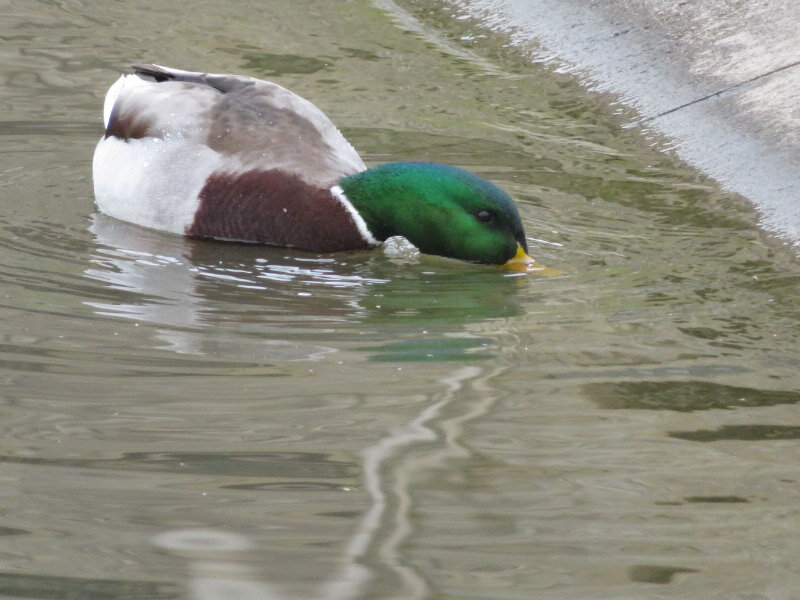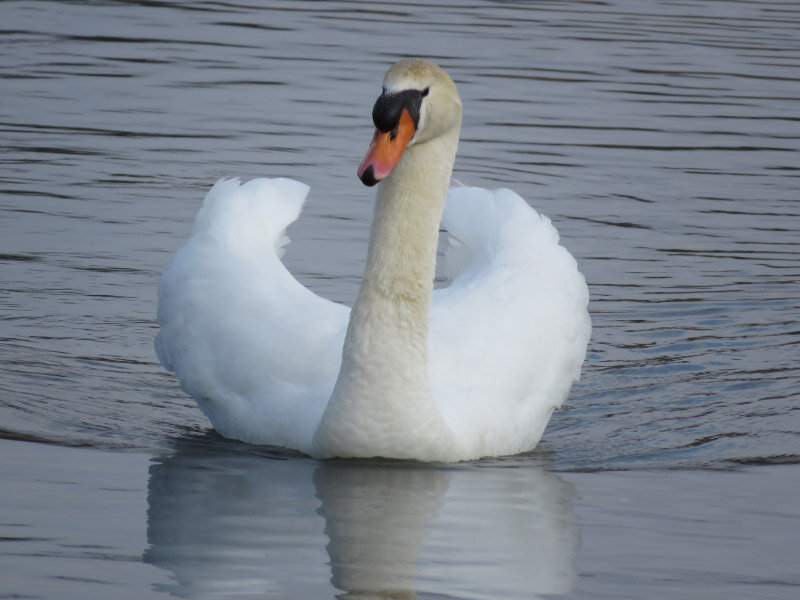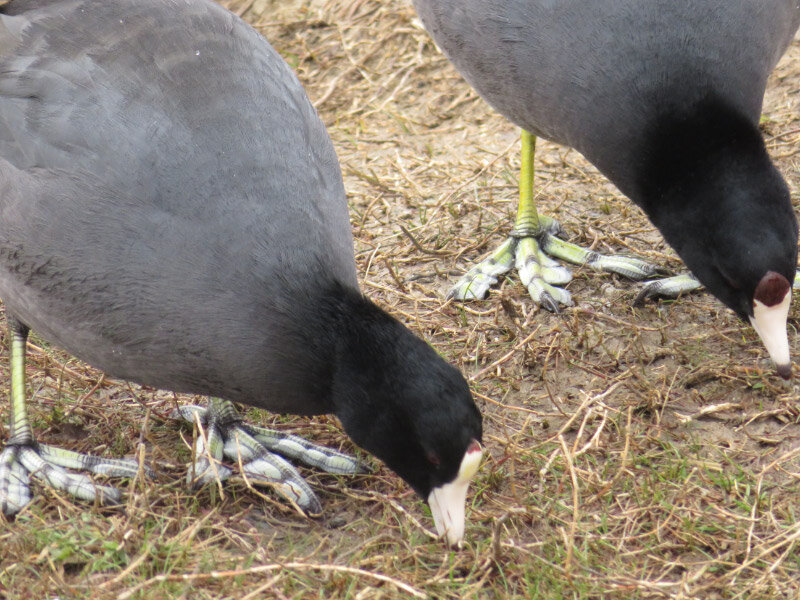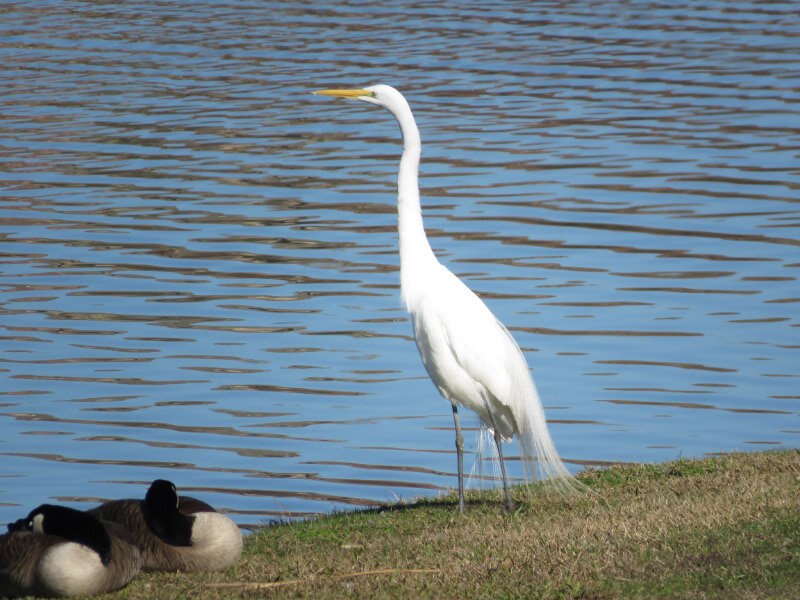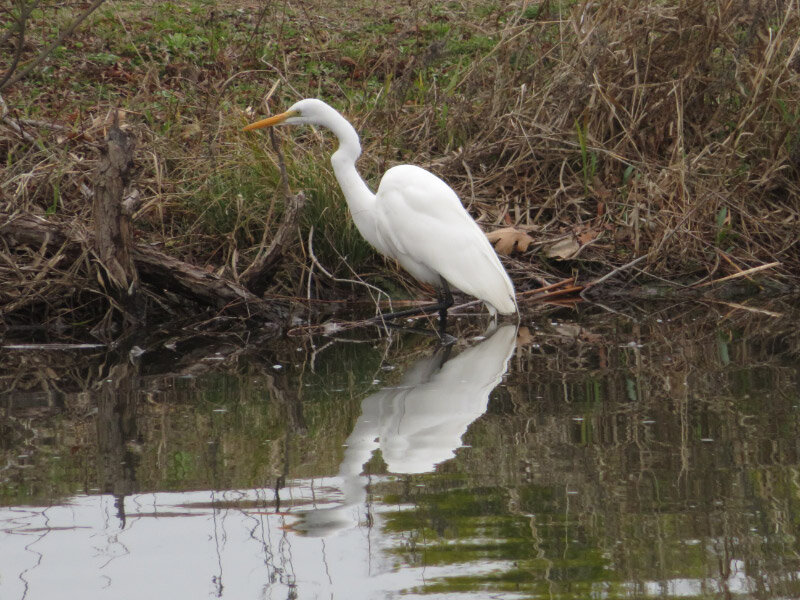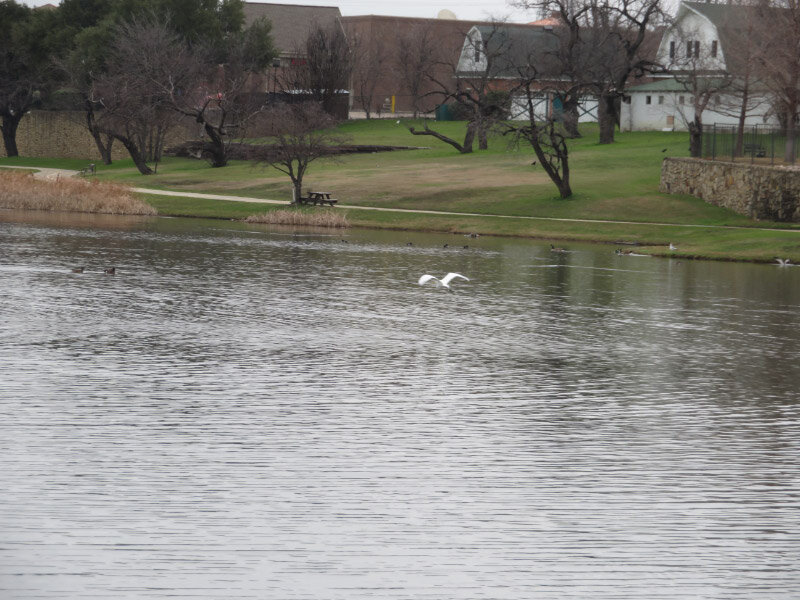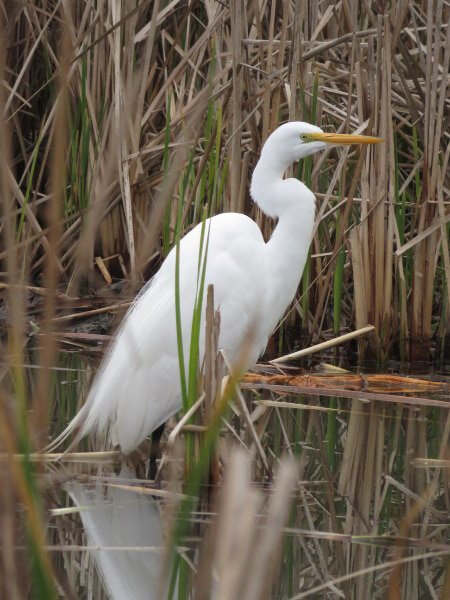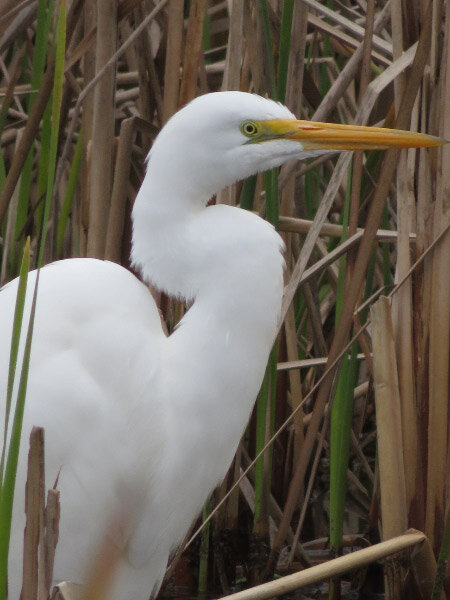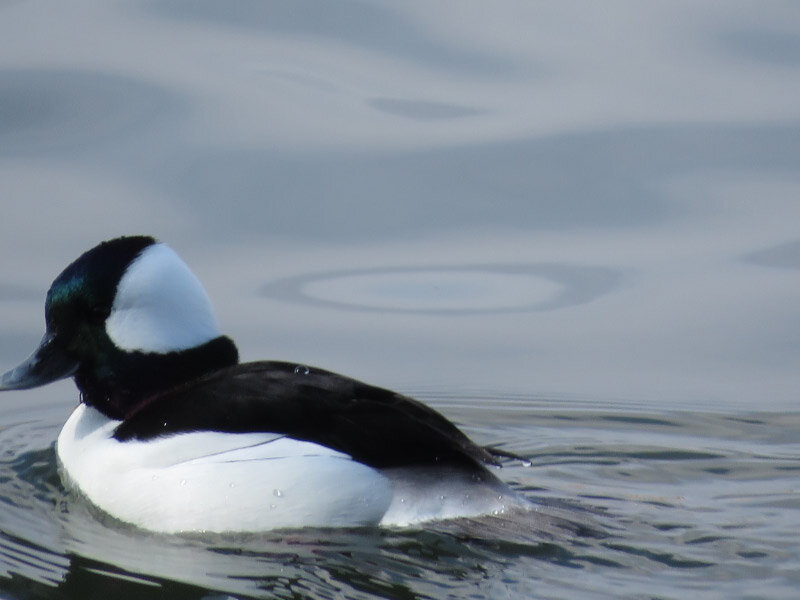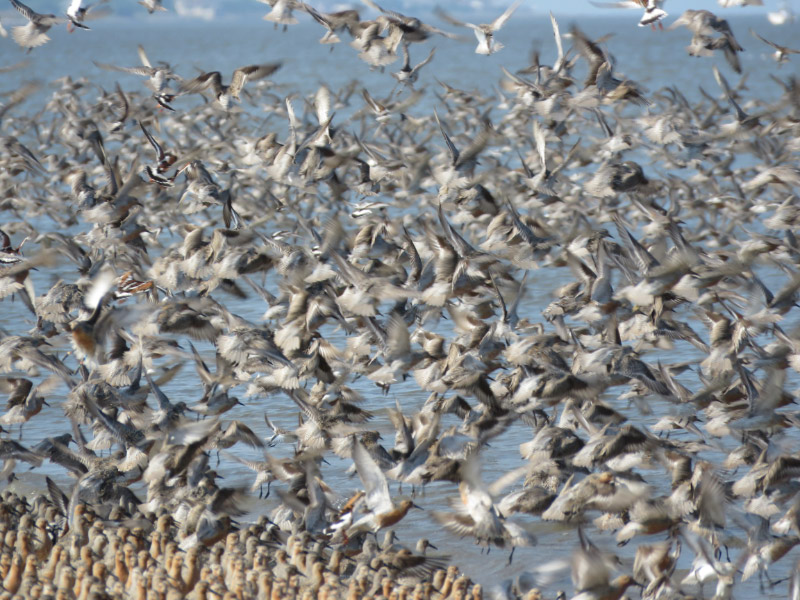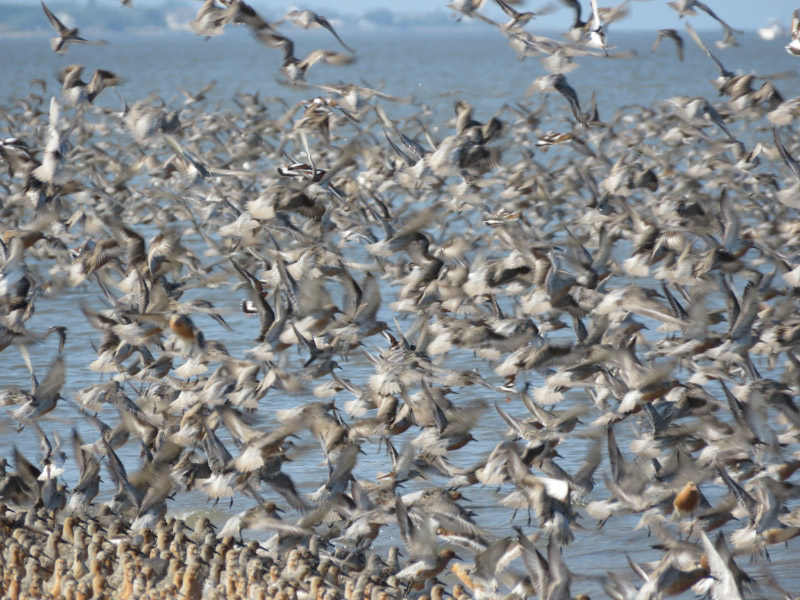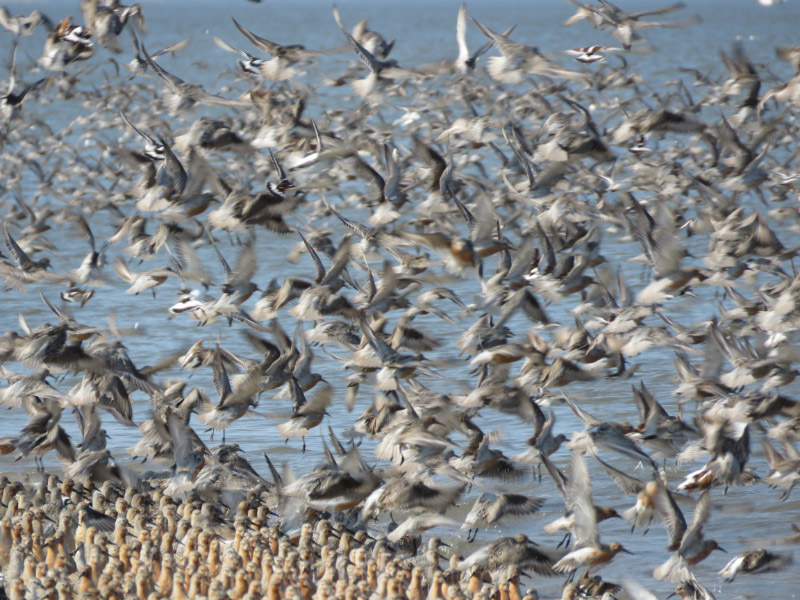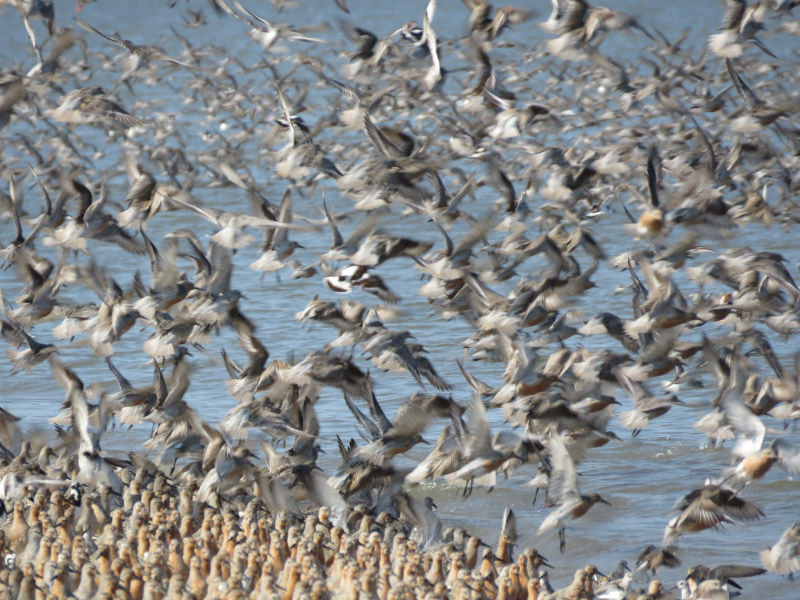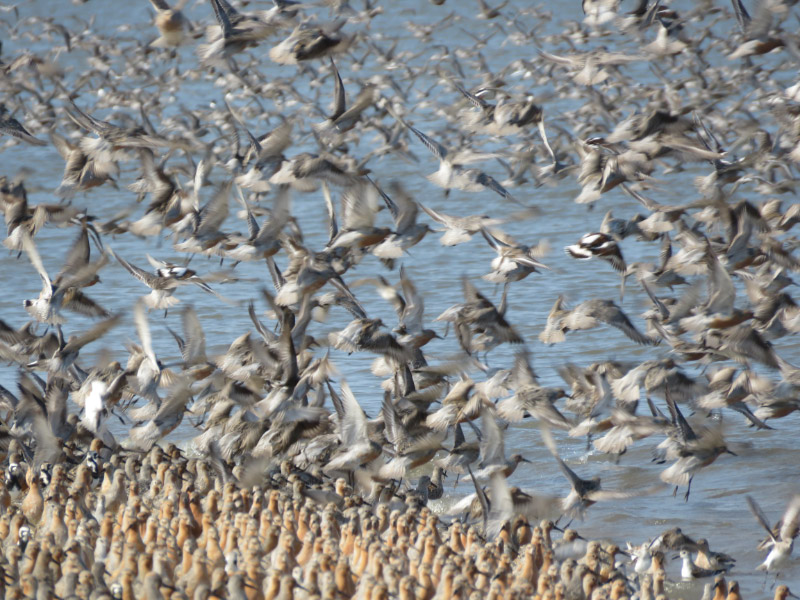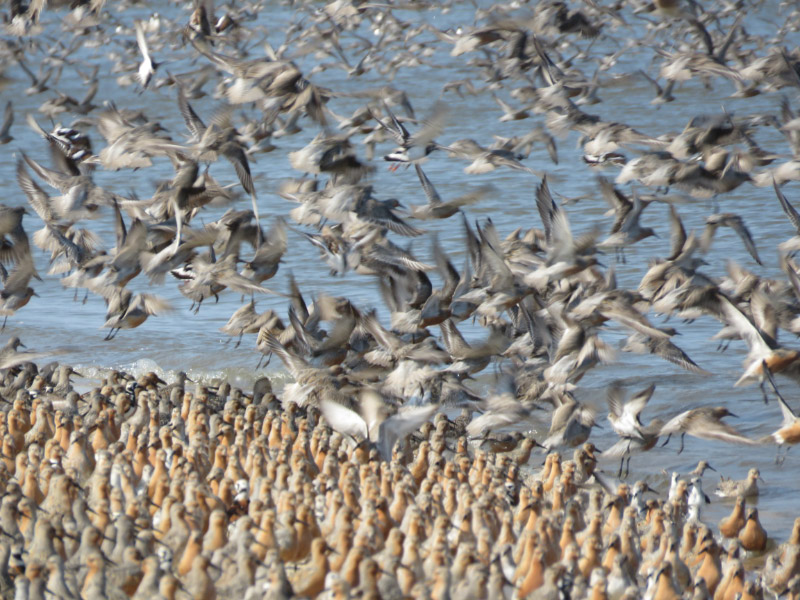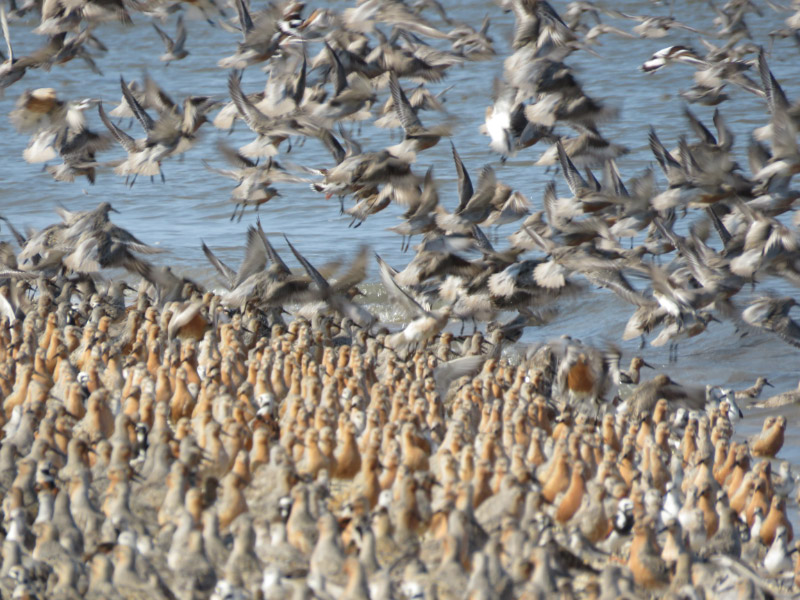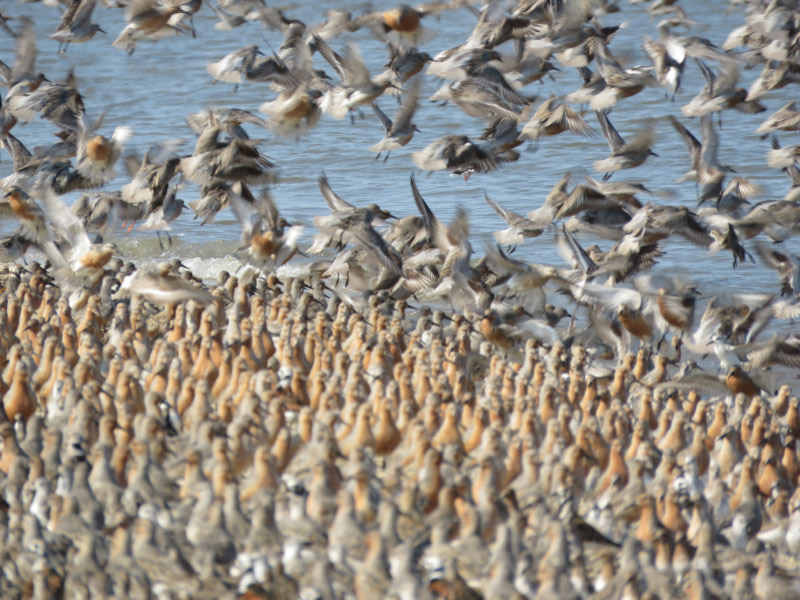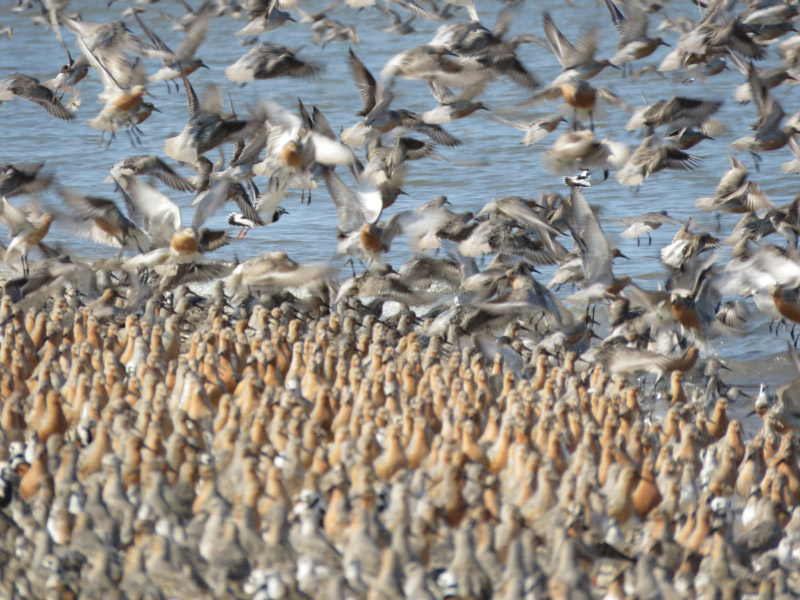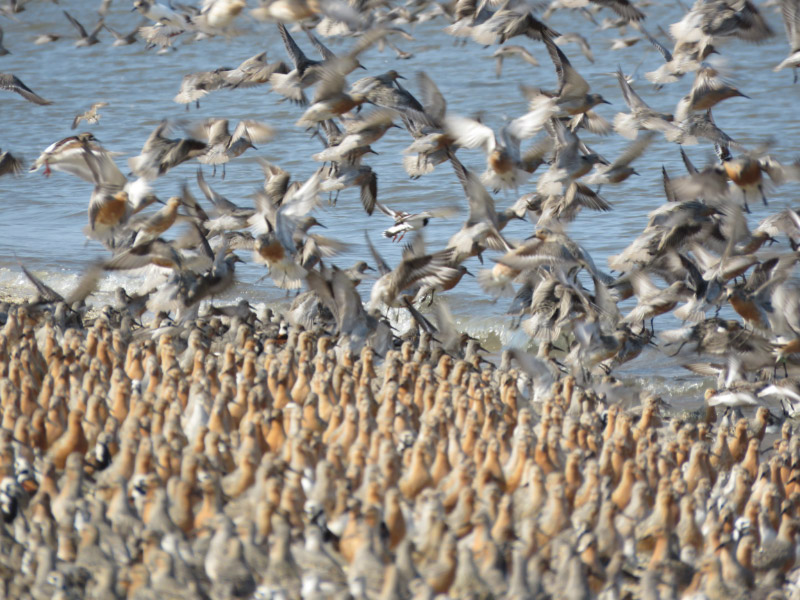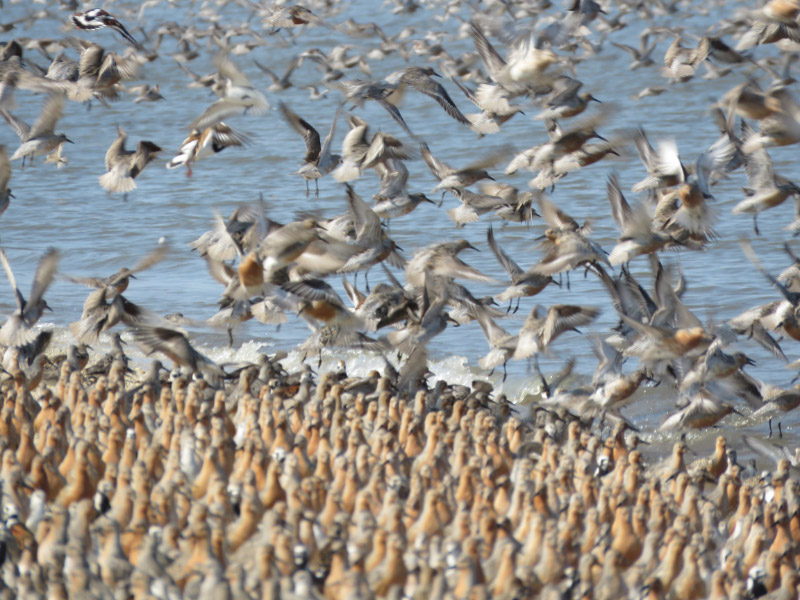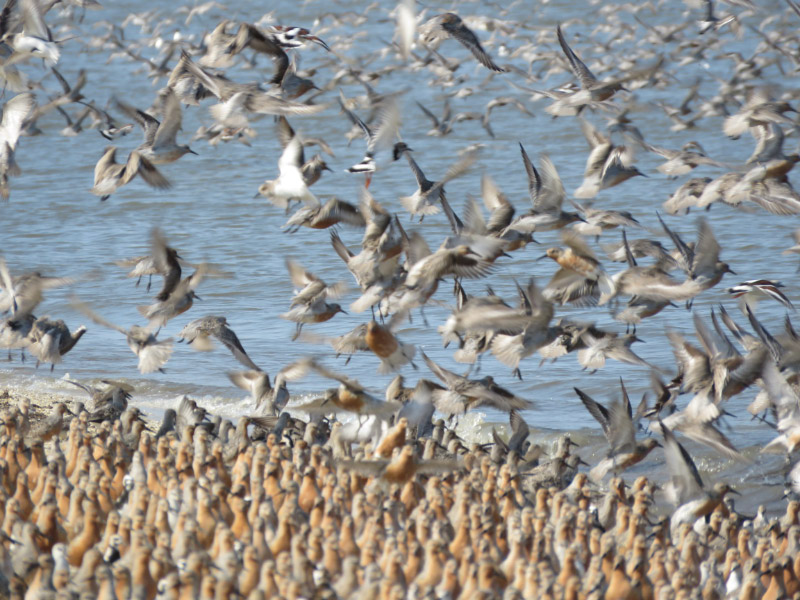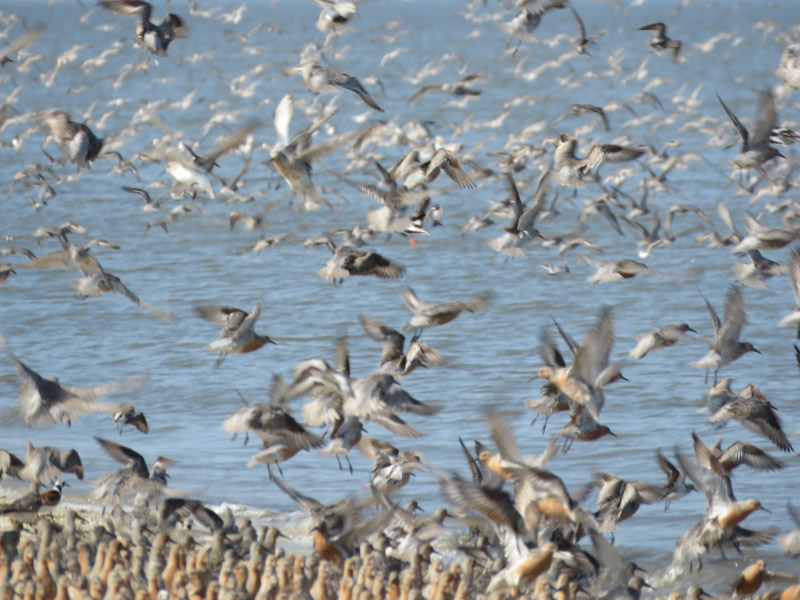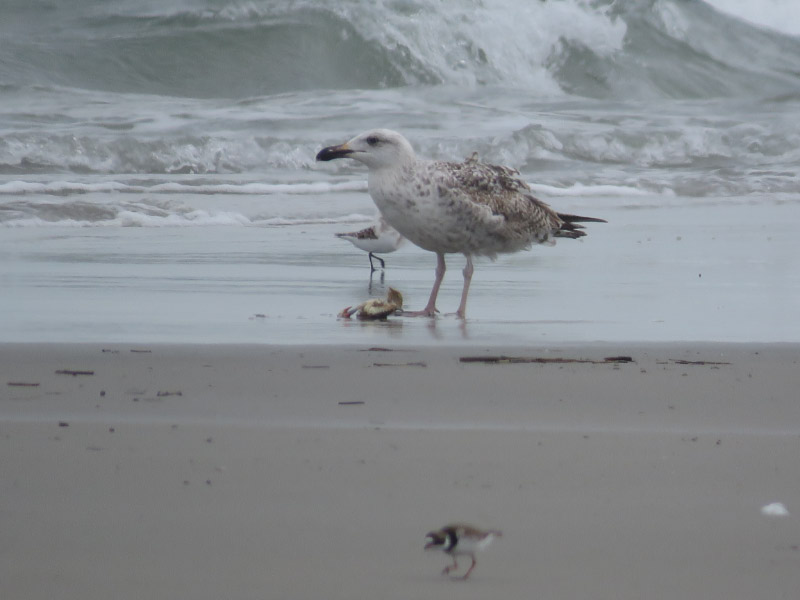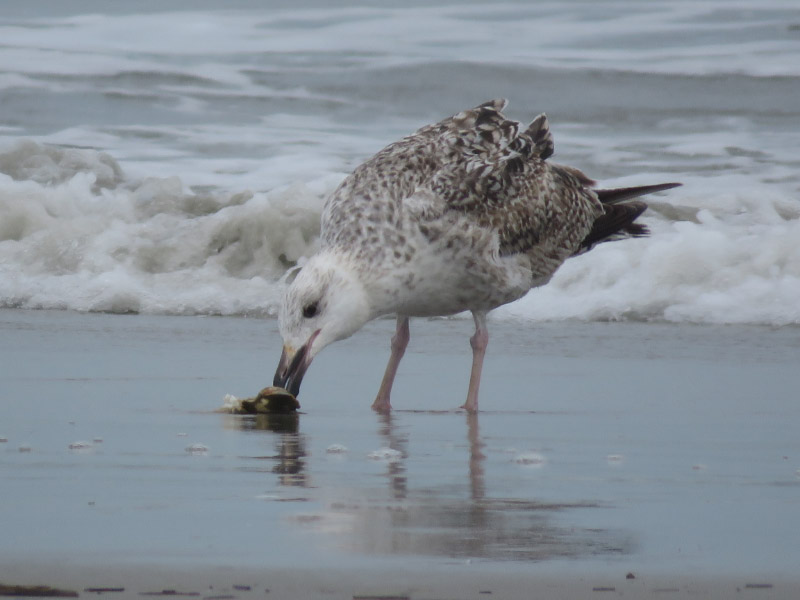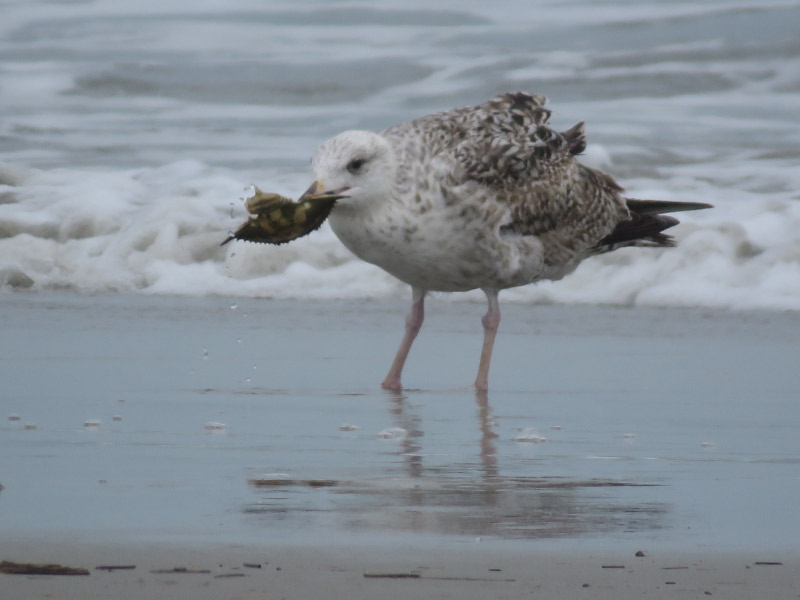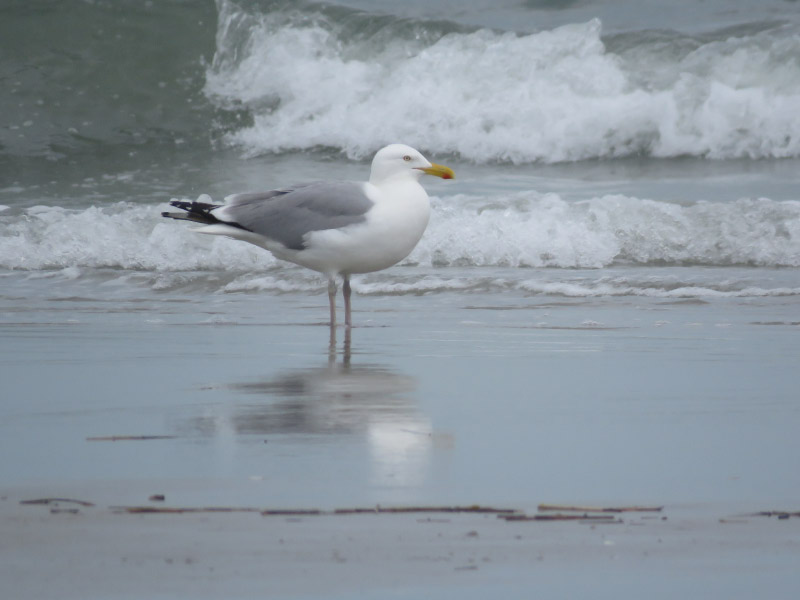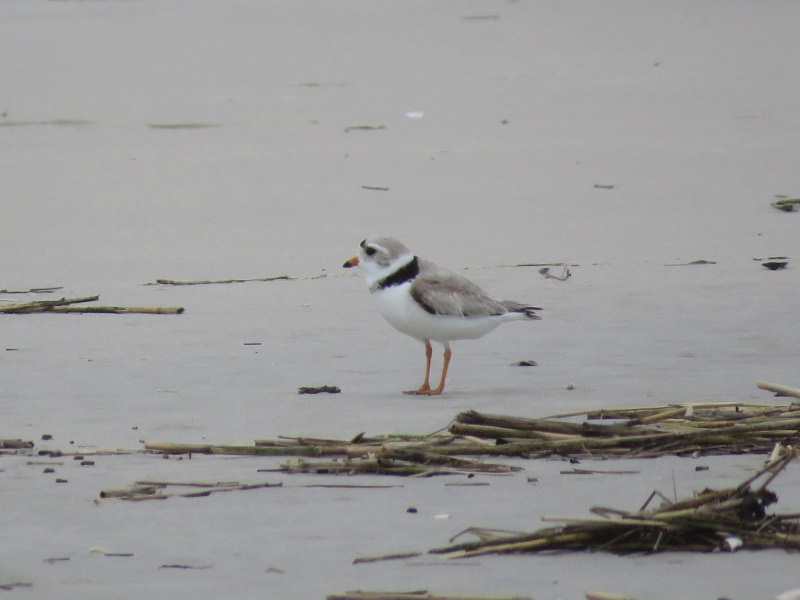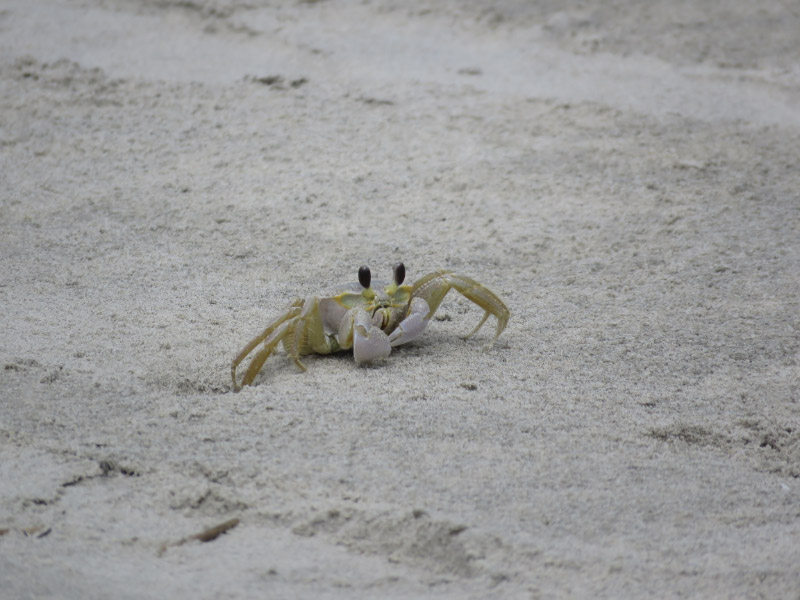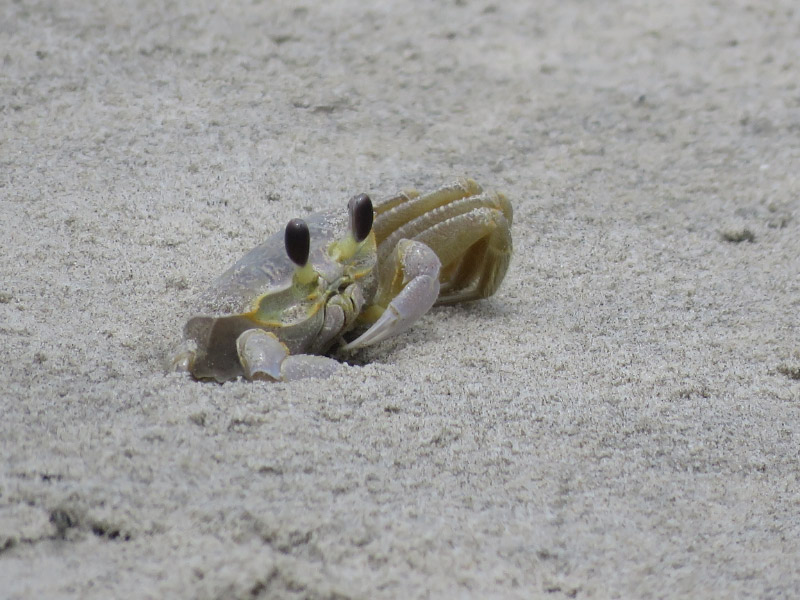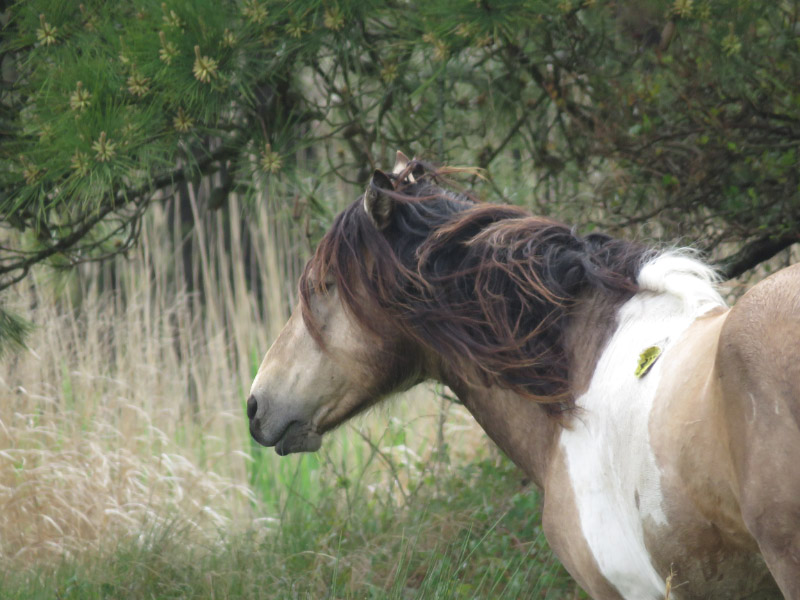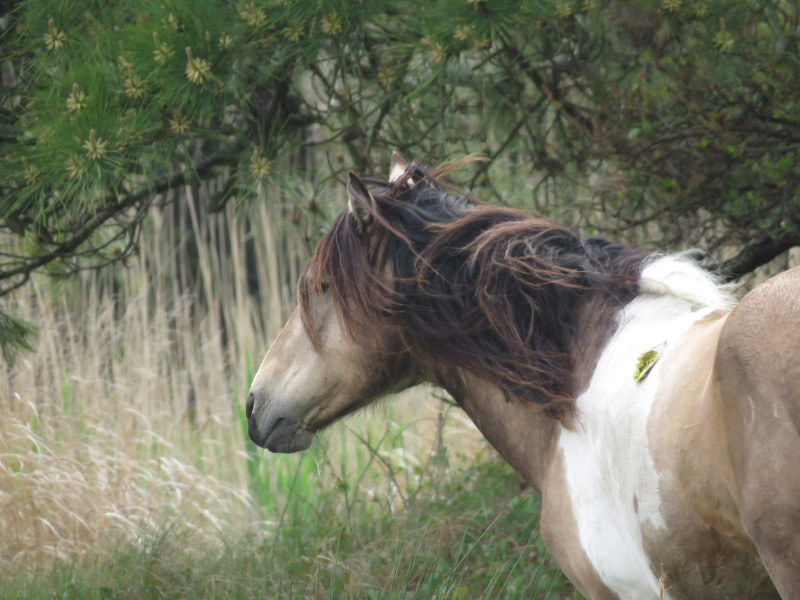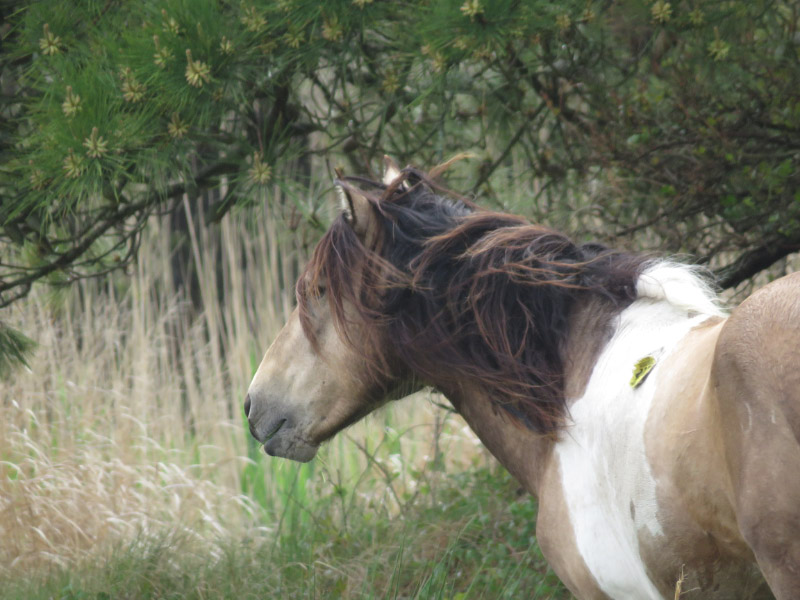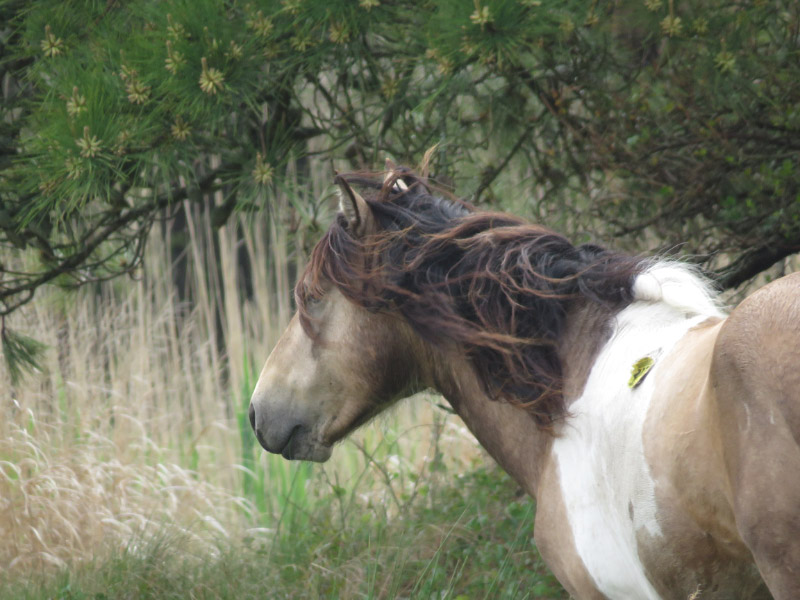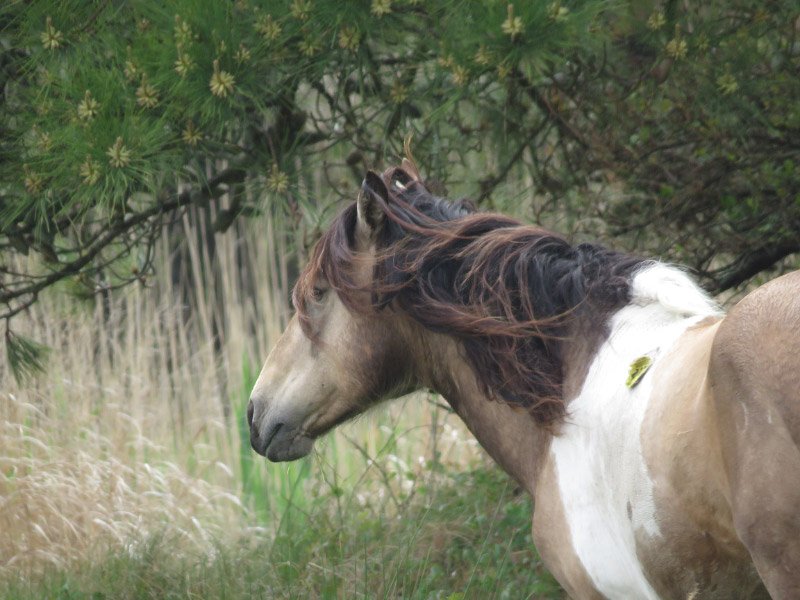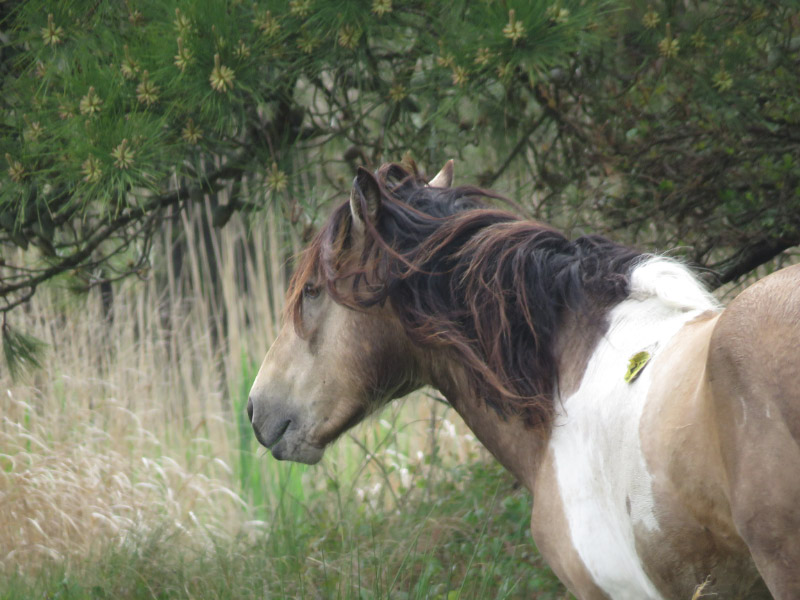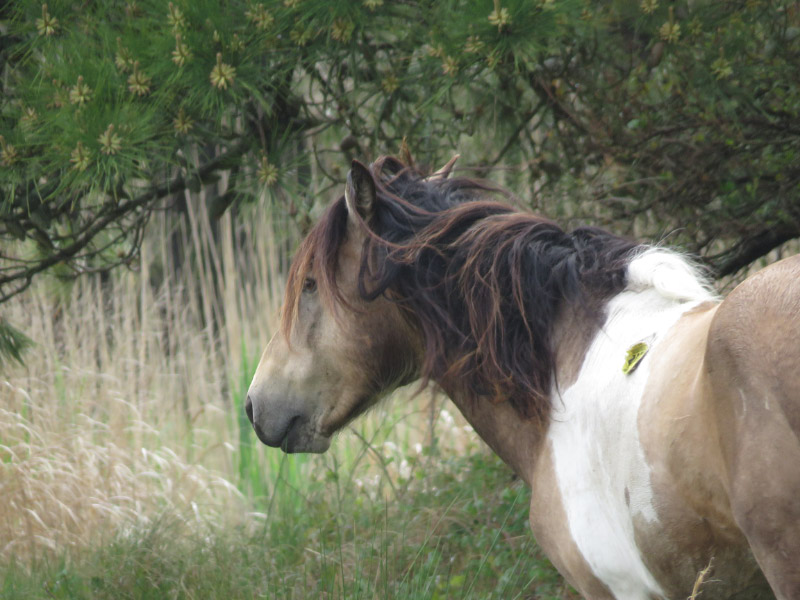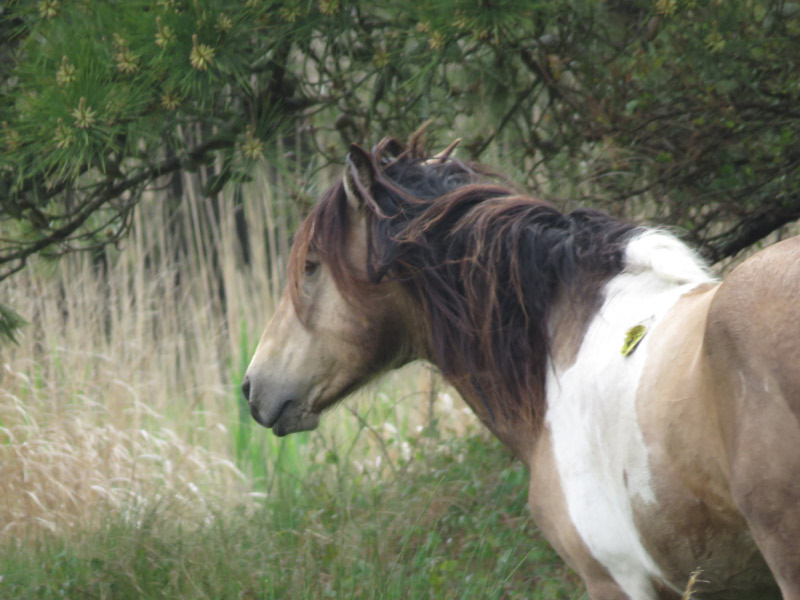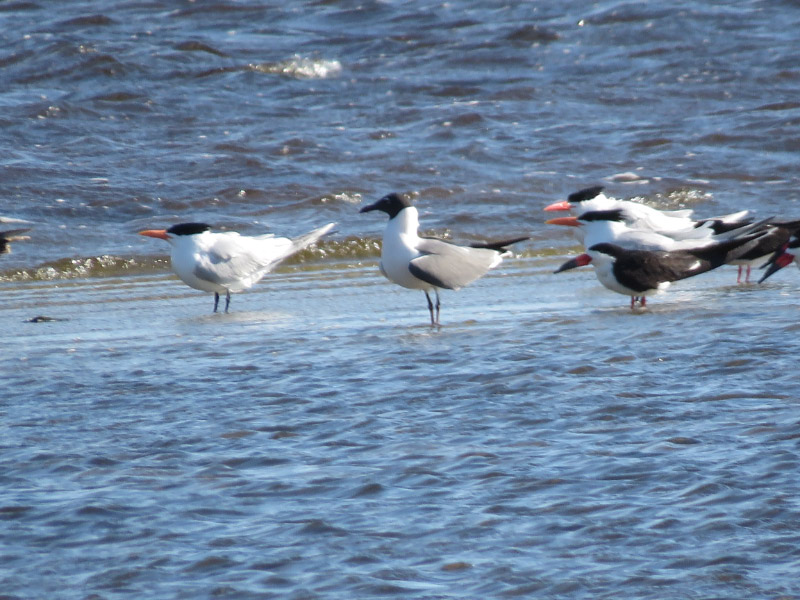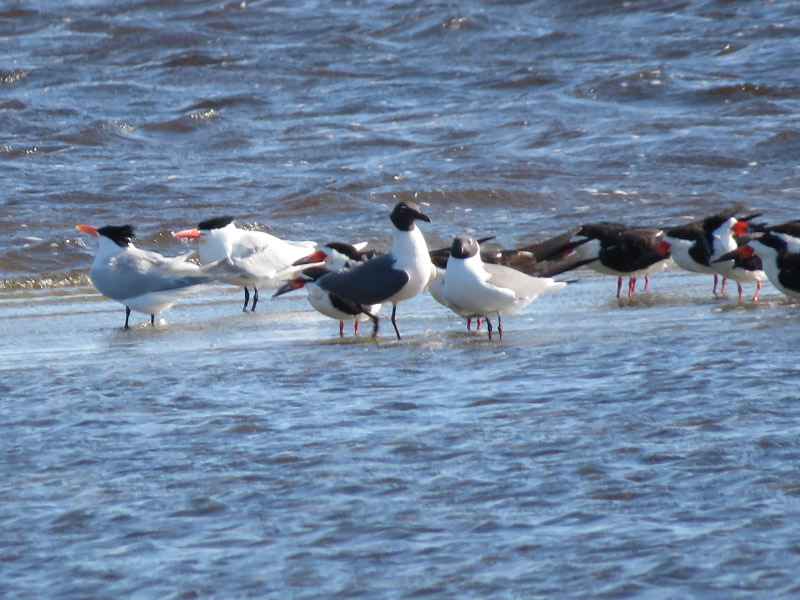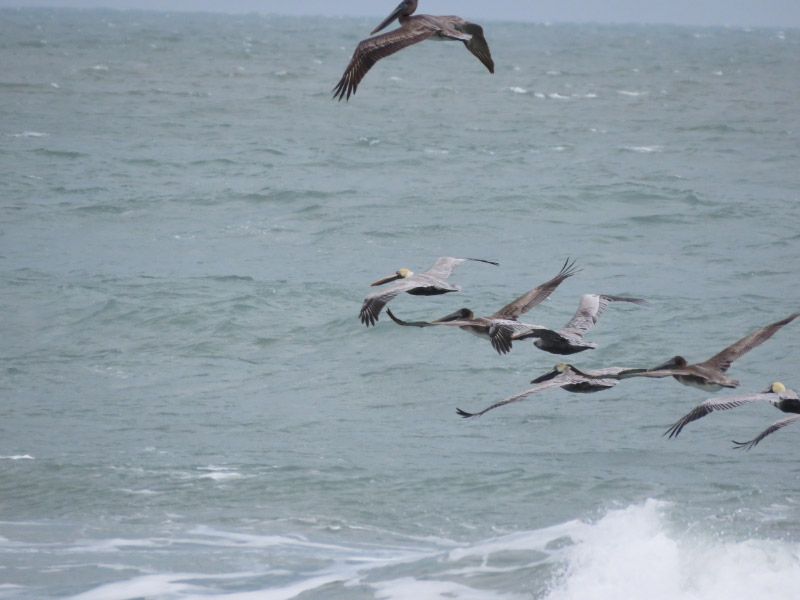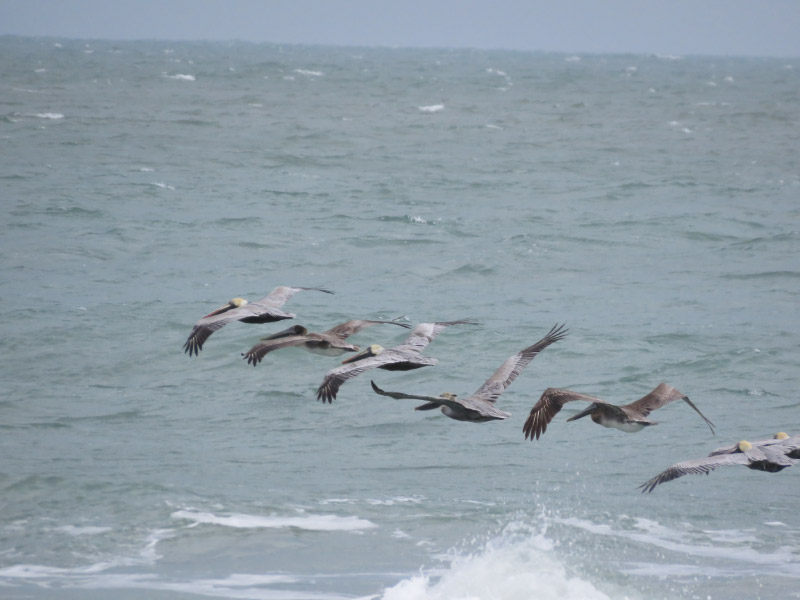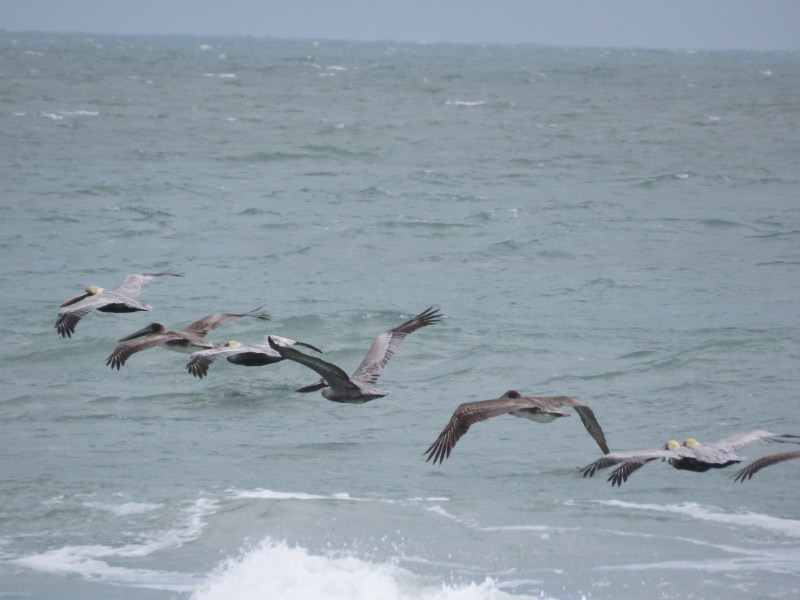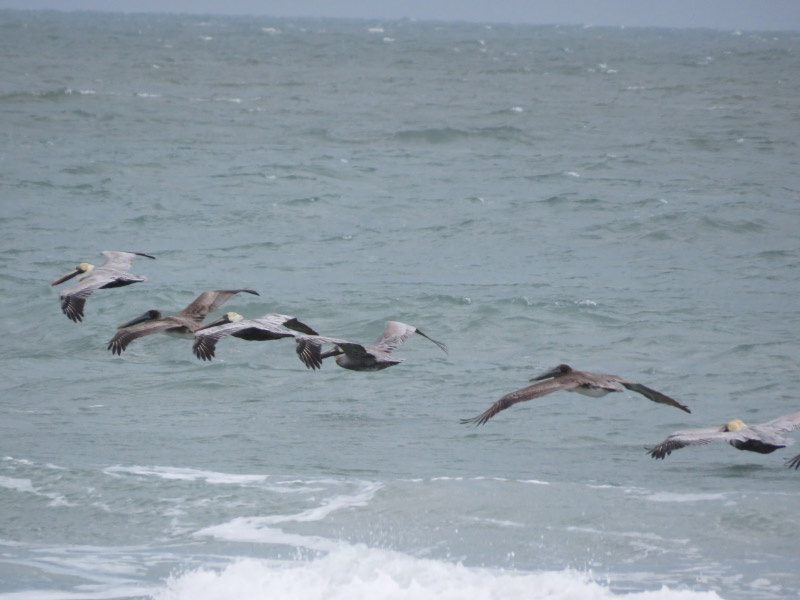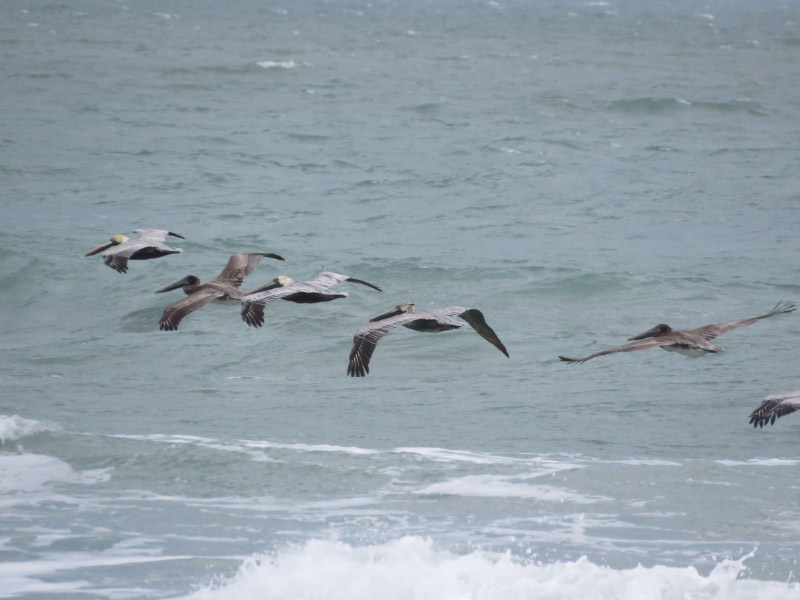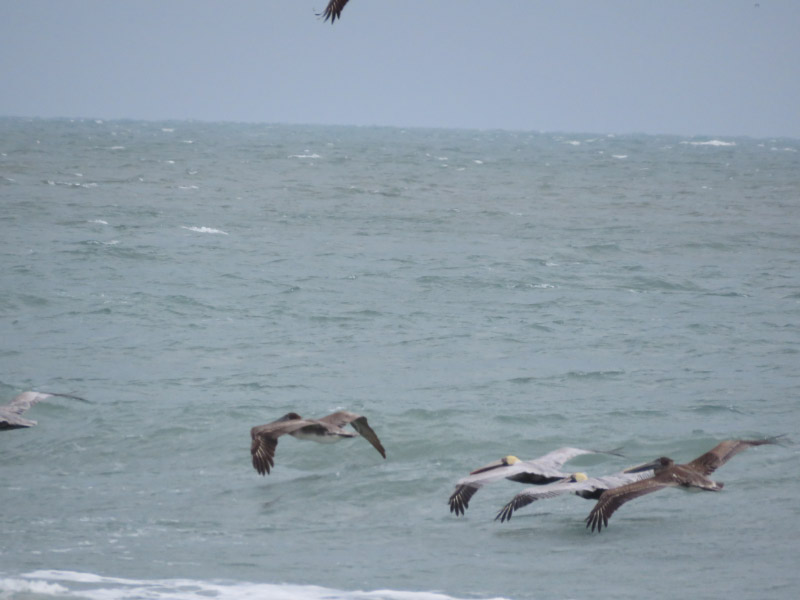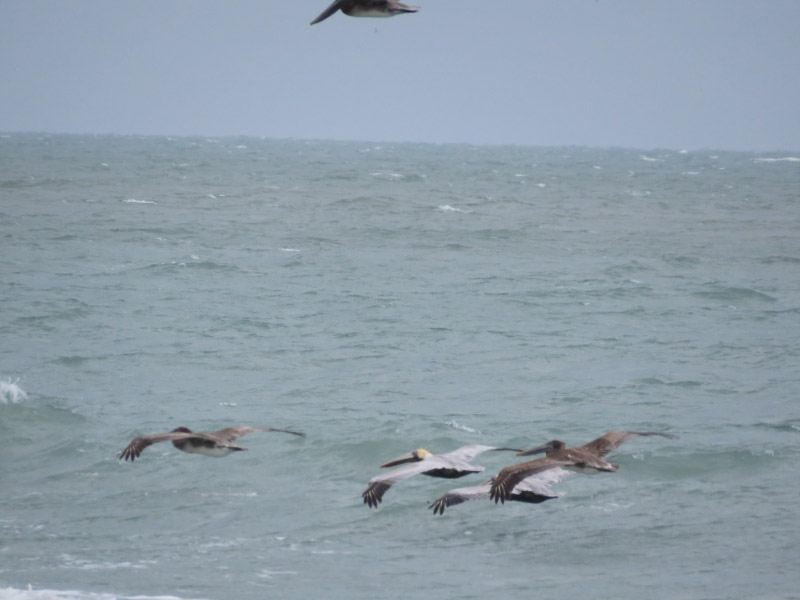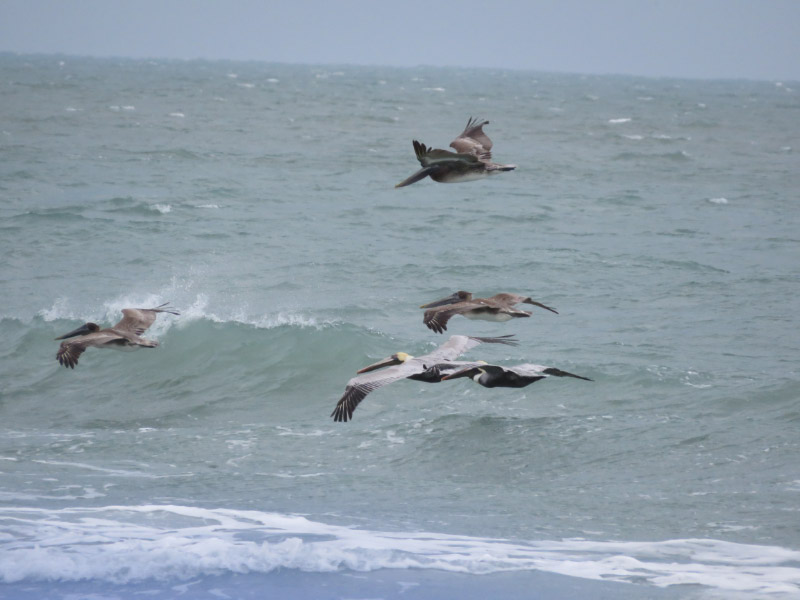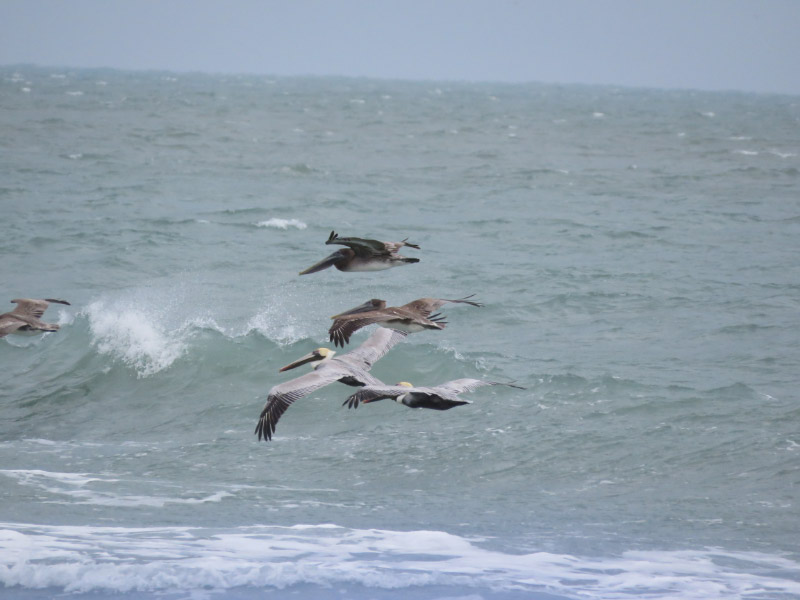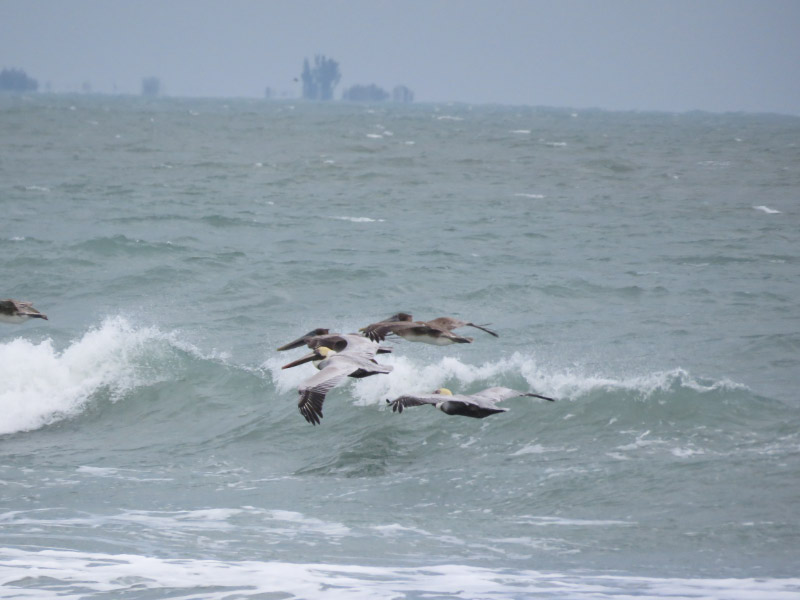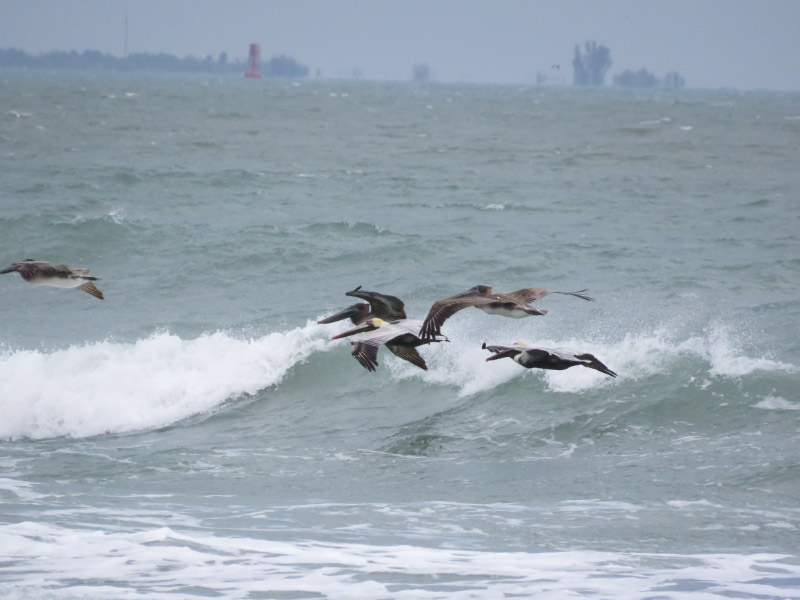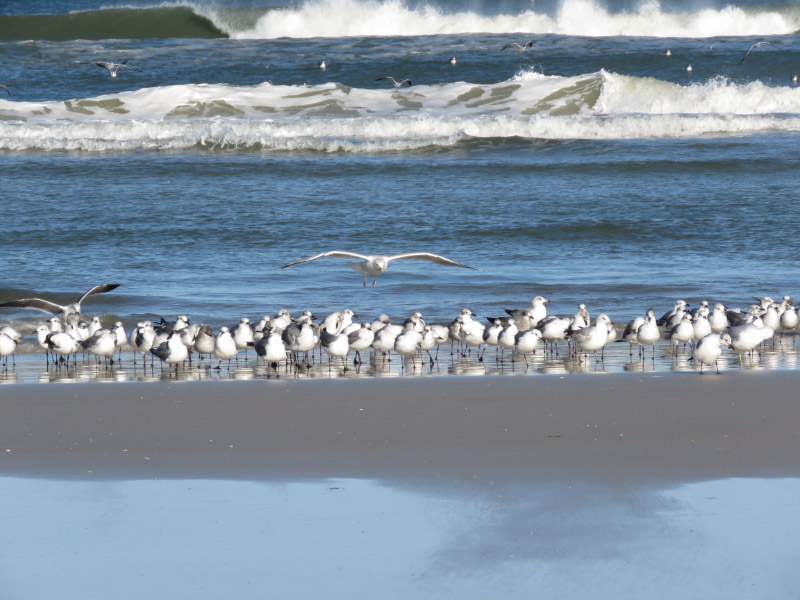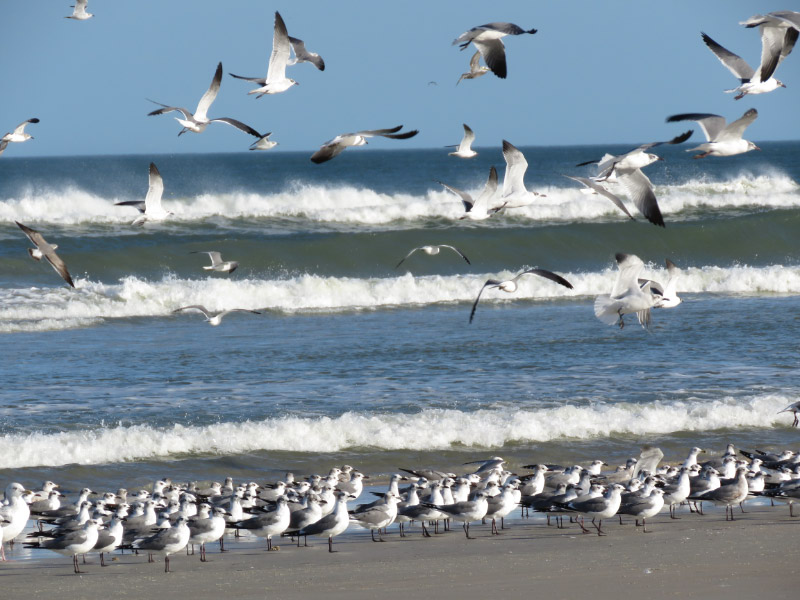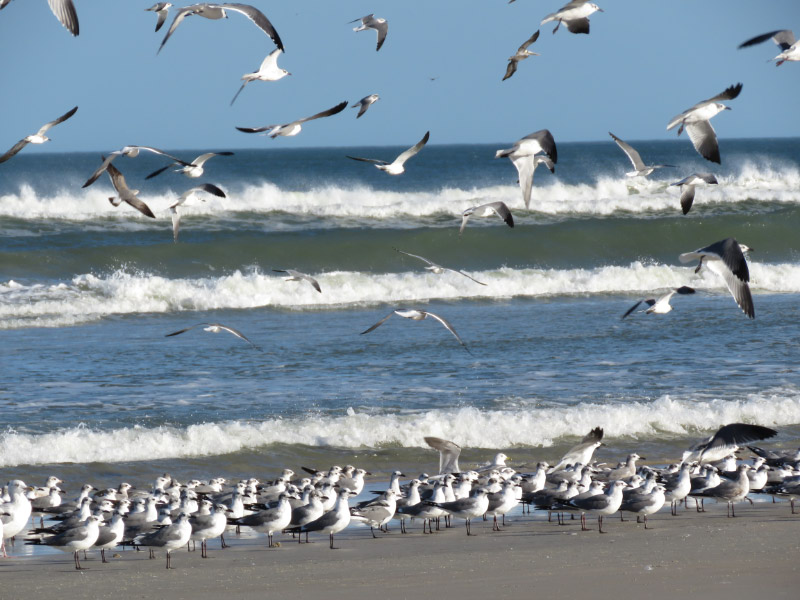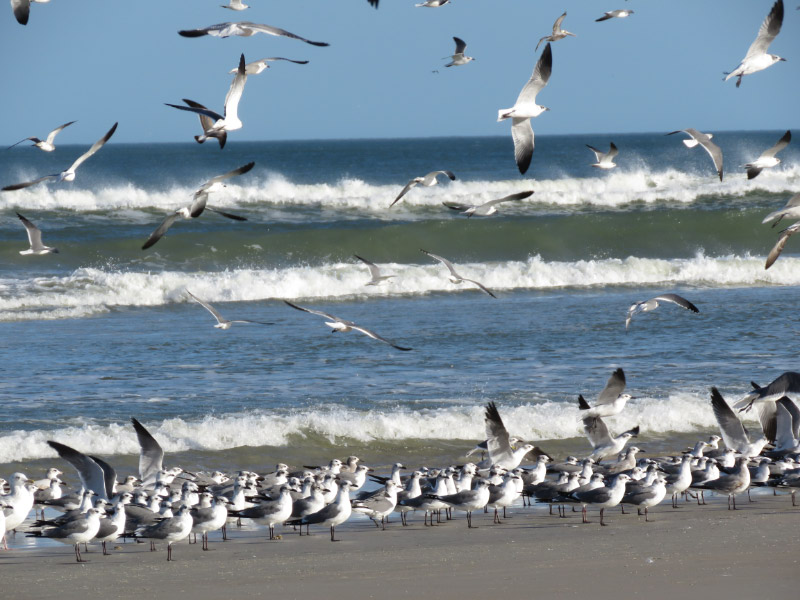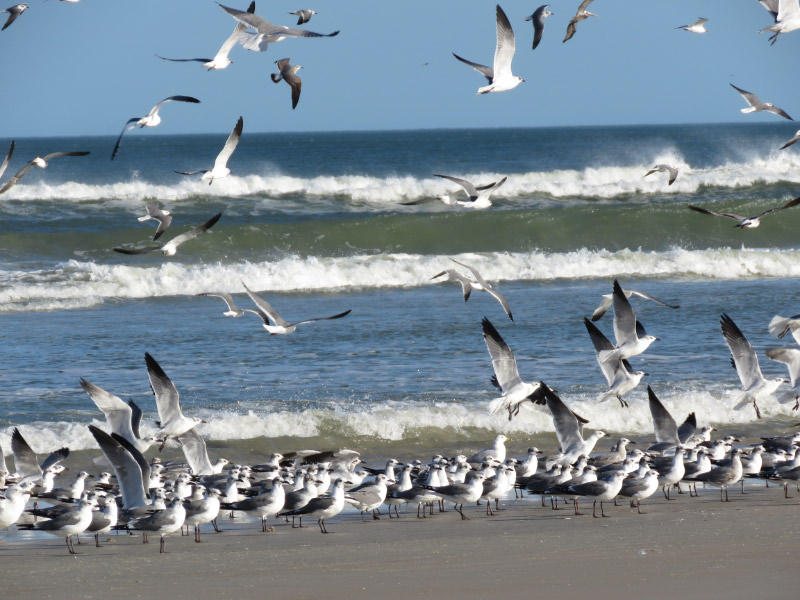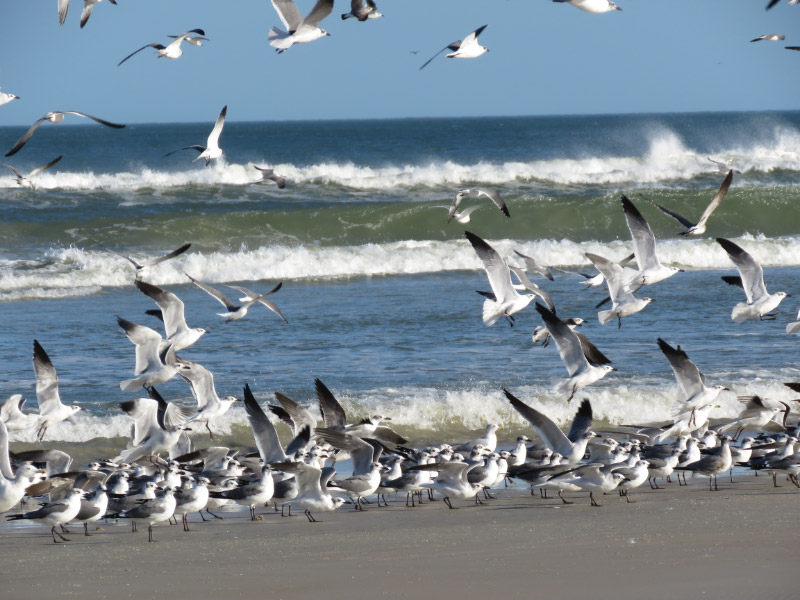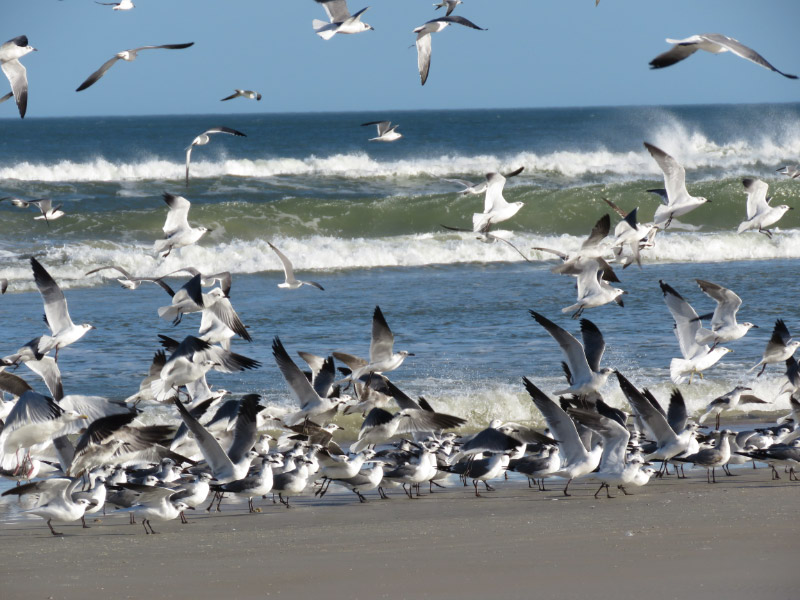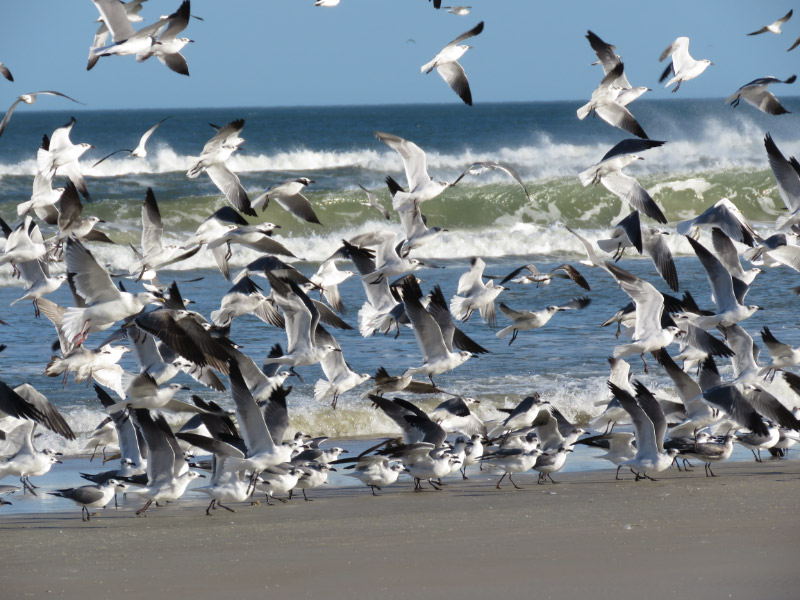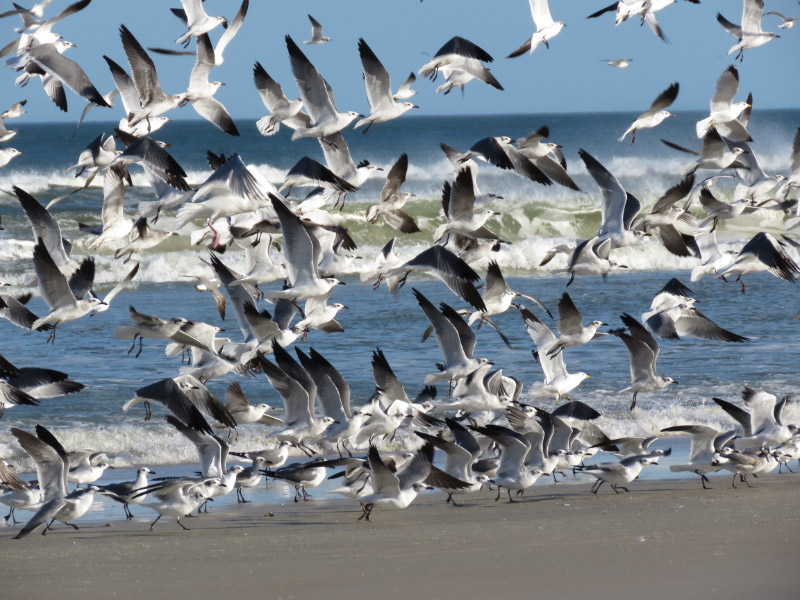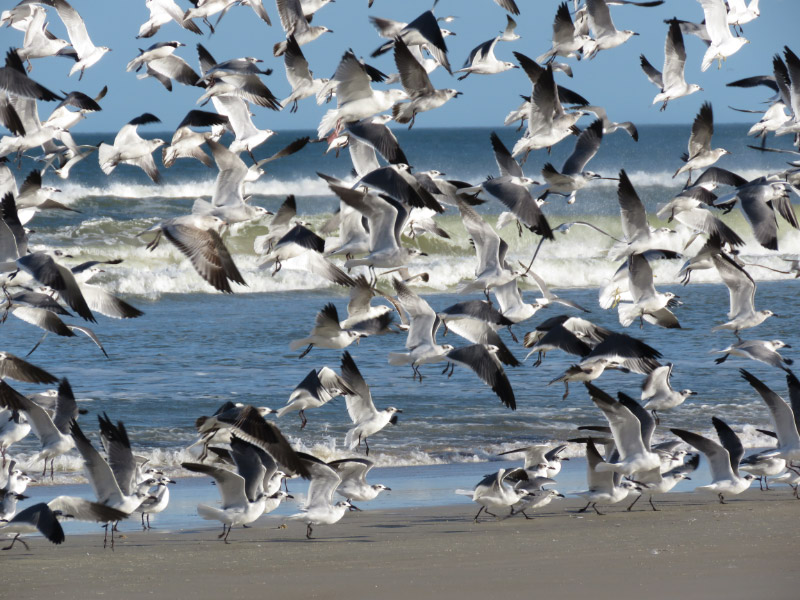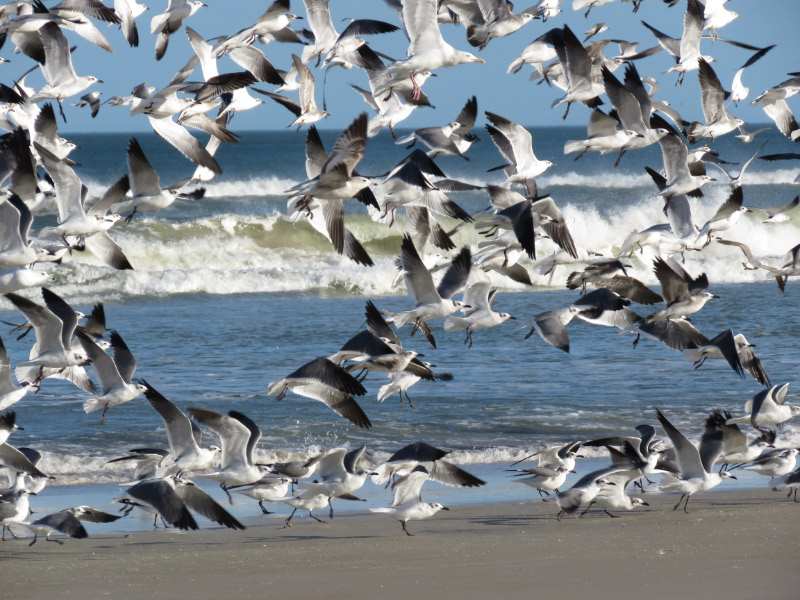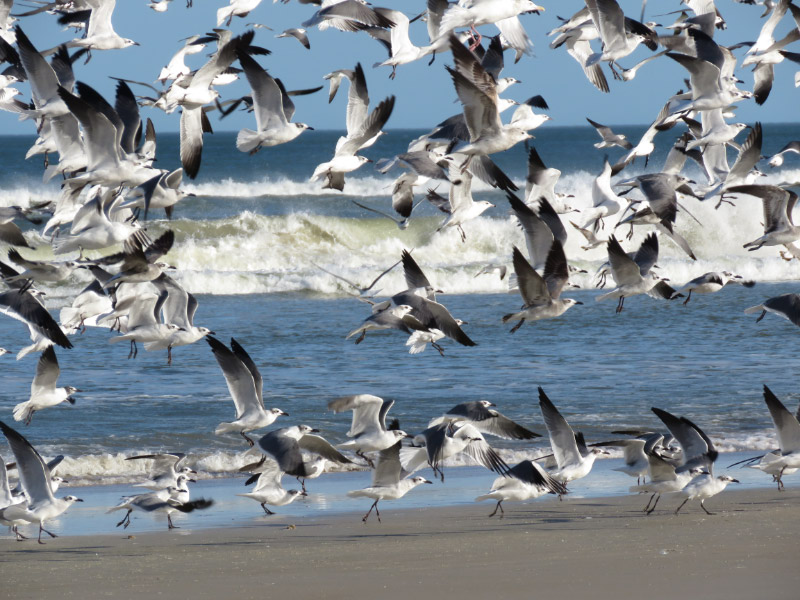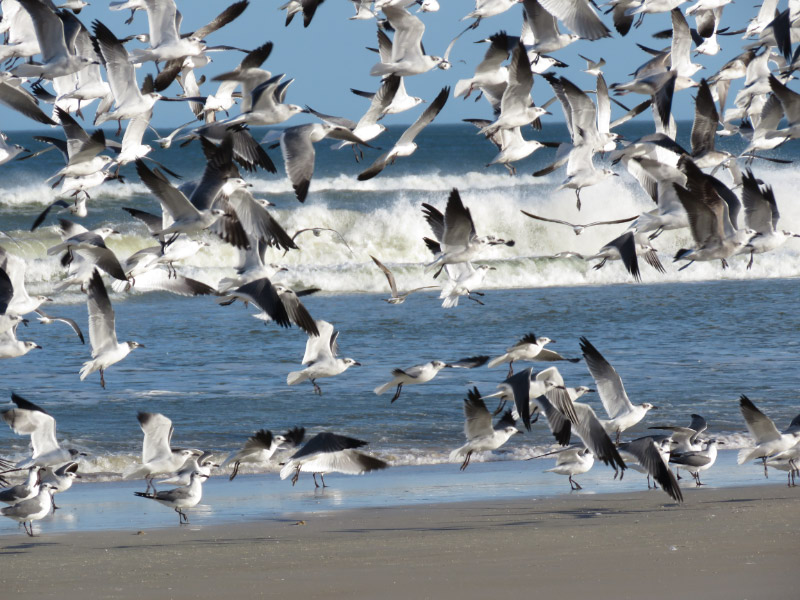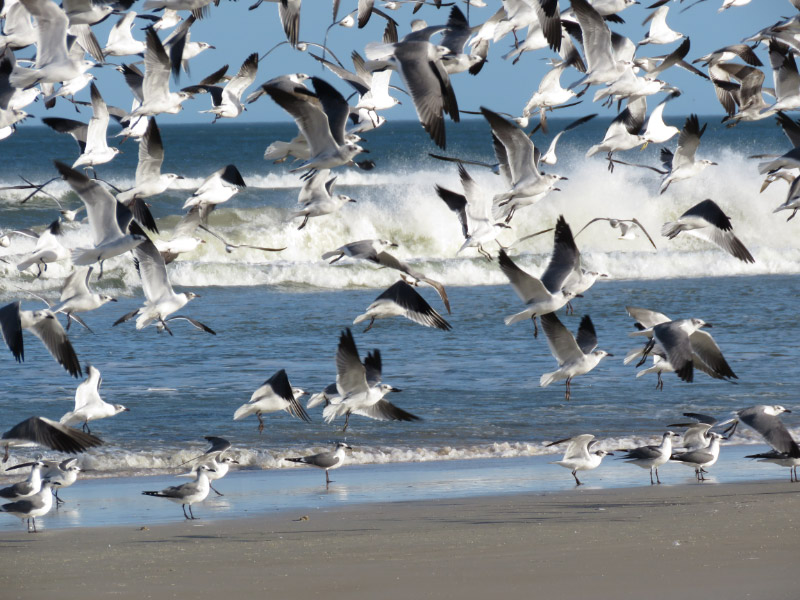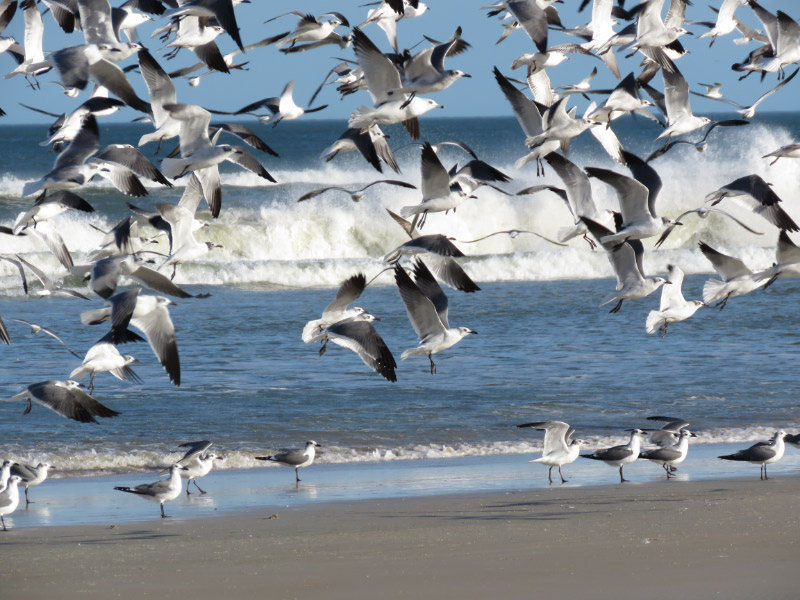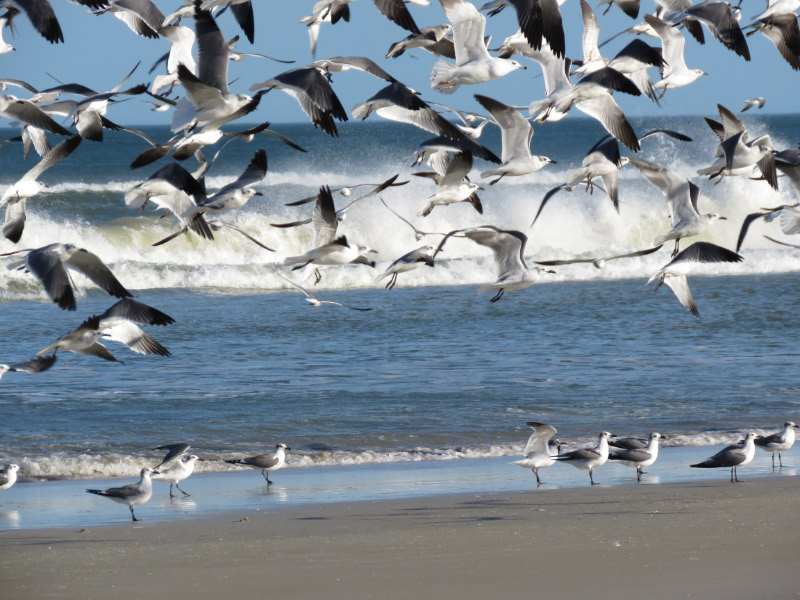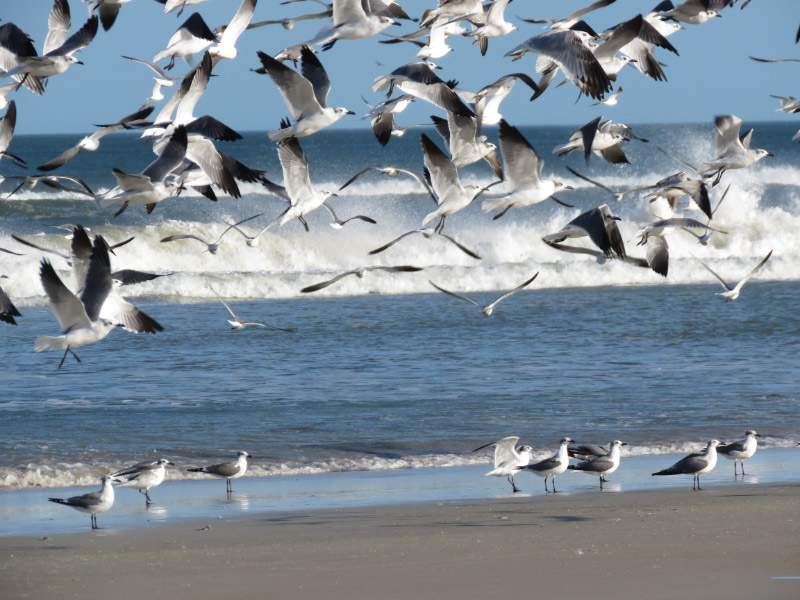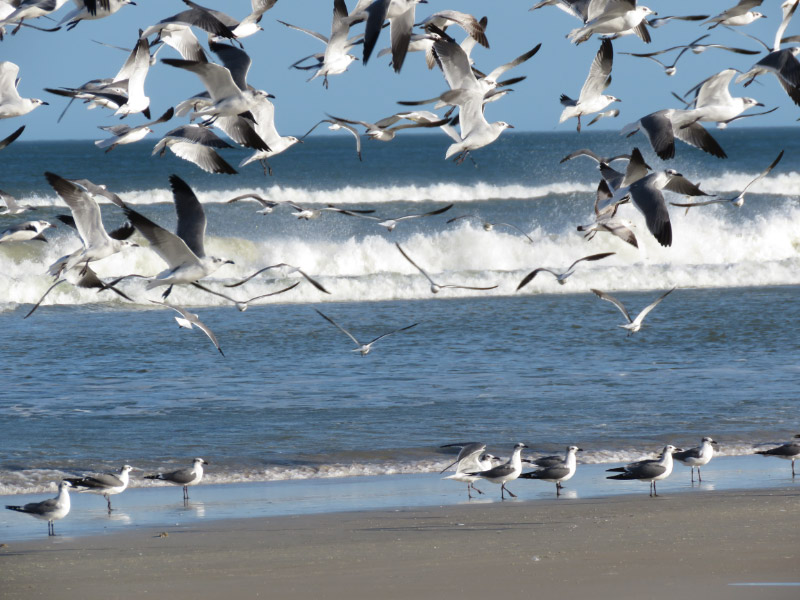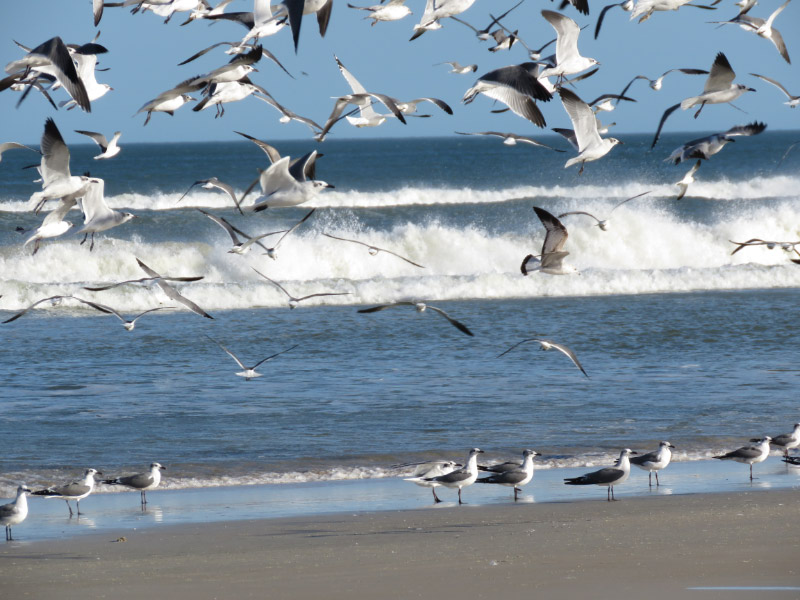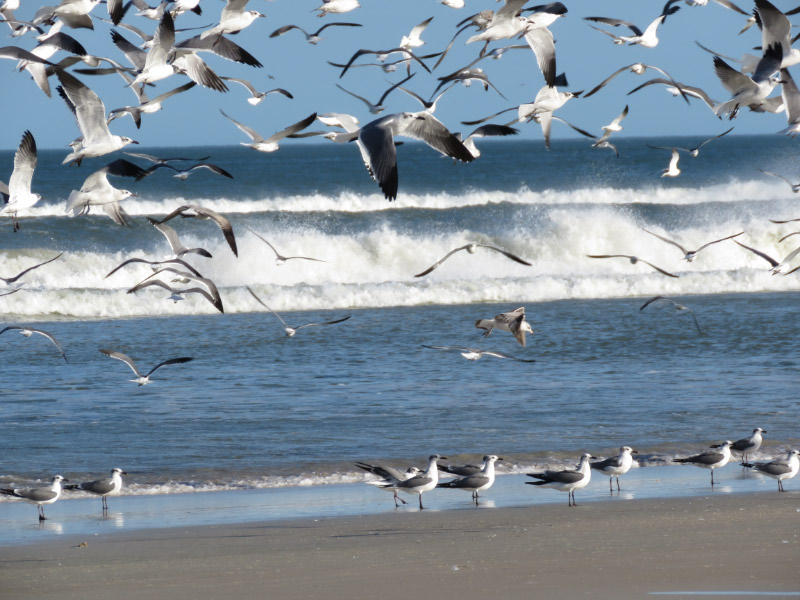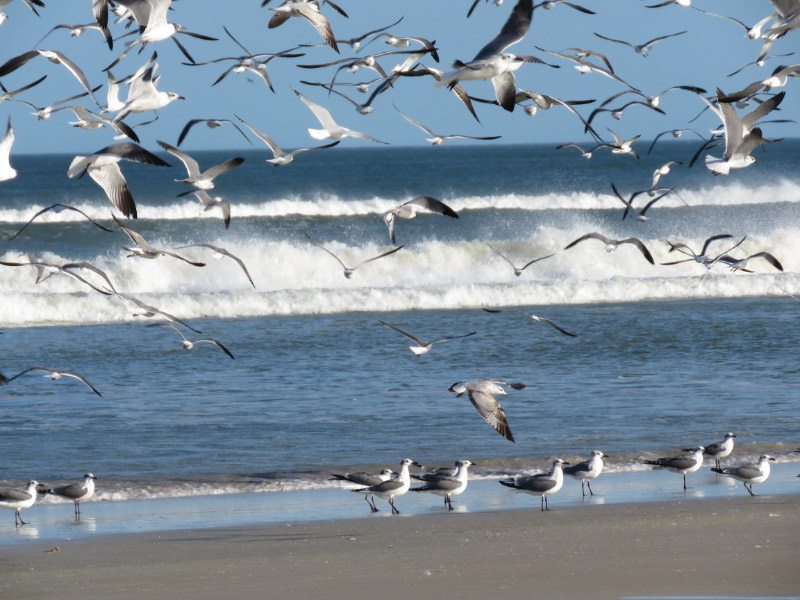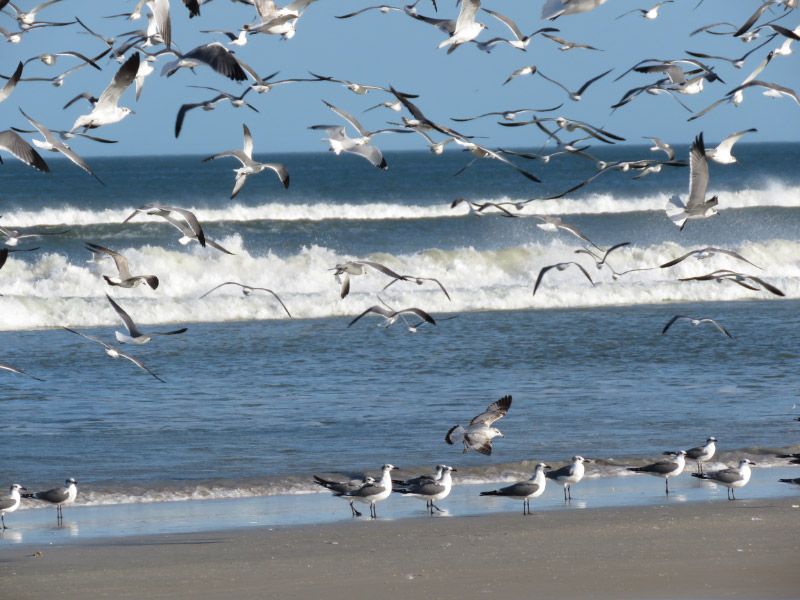Birding at Josey Ranch Lake – Part 1
/When I was in Carrollton, TX last week, I walked around the lake at Josey Ranch (near the public library on Keller Springs) on three different days. There are quite a few wintering birds there. Today I am posting about the birds I saw all three days.
The Great-tailed Grackles are there year round. There distinctive yellow eyes and the “beak to the sky” male behavior is very distinctive.
The Rock Pigeons are always around too. They’re are so widespread in North America that we forget that they were not native (introduced in the early 1600s). There are many people that bring bread to feed the birds. There was a huge amount of what looked like whole wheat rolls that had been dumped on a slope leading down to the lake – hence cluster of pigeons in one of these pictures…with a coot looking on.
The Mallards are always at the lake as well. The have a hard time eating the big rolls but enjoy the crumbs left by the pigeons.
There are some resident Mute Swans. I decided to try something a little different when one got out of the water close enough for my zoom lens to allow a picture of the feet. The webbed feet are very large and wrinkled looking….they support a huge bird.
I also managed to get foot pictures of the America Coot. They have lobes on their feet rather than webs…and the color of the feet is green yellow with dark markings! They too are in the lake every time I go.
There is usually a solitary Great Blue Heron at the lake. Maybe it is the same one…or maybe not.
There was a heron that seemed to be confronting a Great Egret one morning.
The egrets are more numerous for some reason. Some of the egrets might migrate north and east to breed. I managed to photography one scratching its face with his foot.
Now for the birds that are only at Josey Ranch for the winter. The small Bufflehead is a diving duck – which makes it much more difficult to photograph. The male has more white…the female has a small white streak below the eye. On sunny days – a sheen of green can be seen on the male’s head. These birds nest in western Canada and Alaska.
The Double-Crested Cormorant also nests further north. There are generally only one or two of these birds at Josey Ranch. They are fish eaters….no interest in bread at all.
And then there are the gulls that are often perched on the dock. Most of them appear to be Ring-Billed Gulls although one appears to be a juvenile Herring Gull (bigger and with a black beak). Both are only around during the winter.
The Lesser Scaup is also around only in winter. They breed further north in the US and Canada.
The Northern Shovelers are around only in the winter. They breed to the north and west into Canada and Alaska. There did not seem to be as many of them this winter. I’ll see If they are more numerous when I go in March.
Last but not least – there were the American Wigeon. Note what a difference the sun makes. The bright green streak on the head only shows up on sunny days!
Tomorrow I’ll continue with the more unusual birds I found at Josey Ranch.







